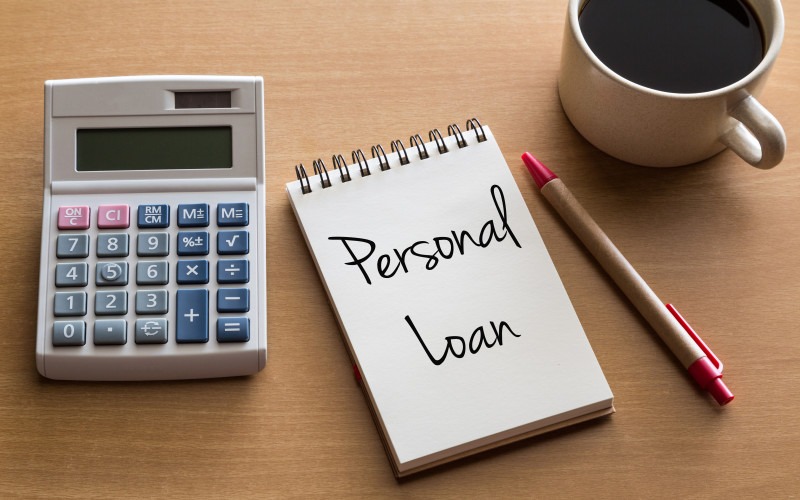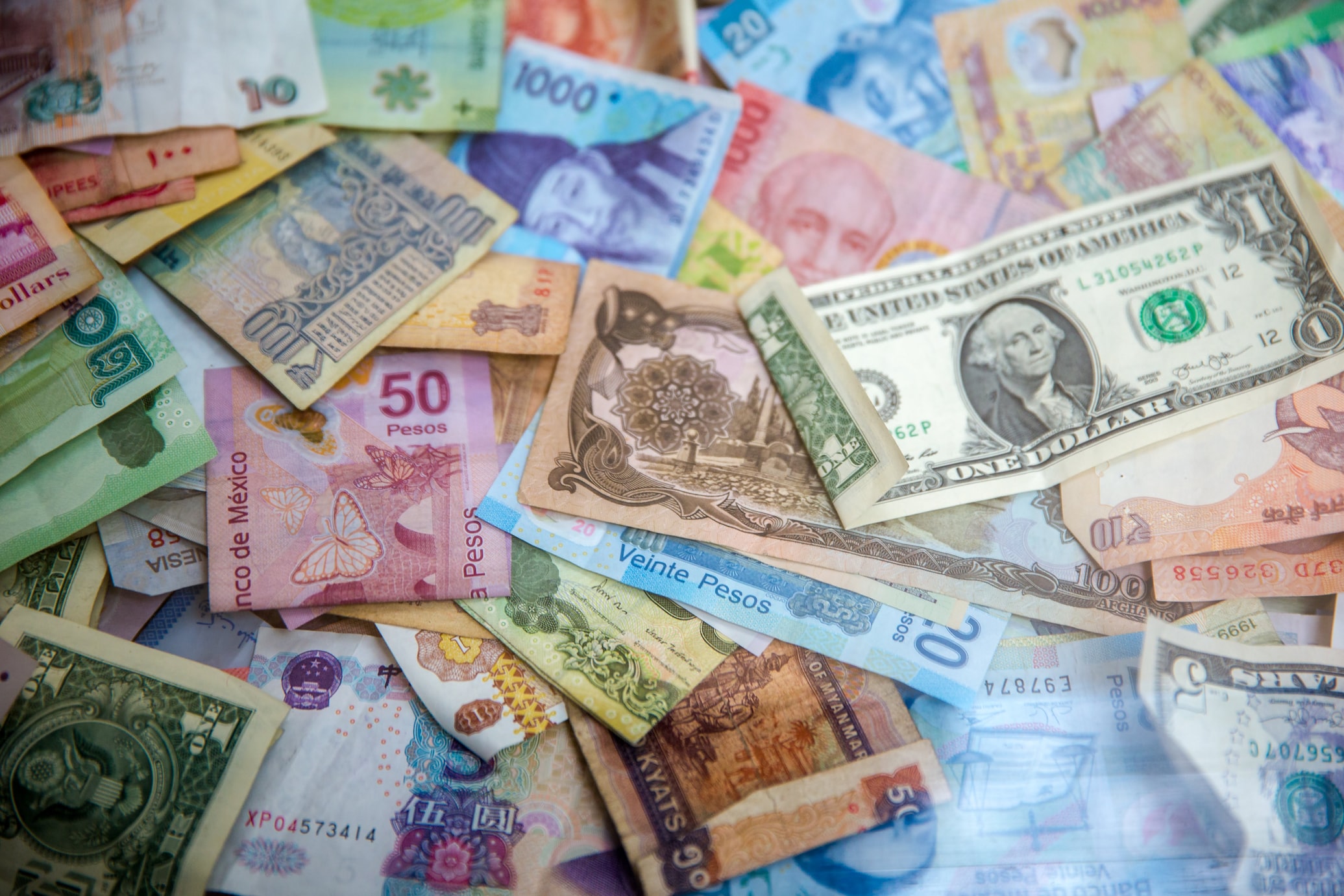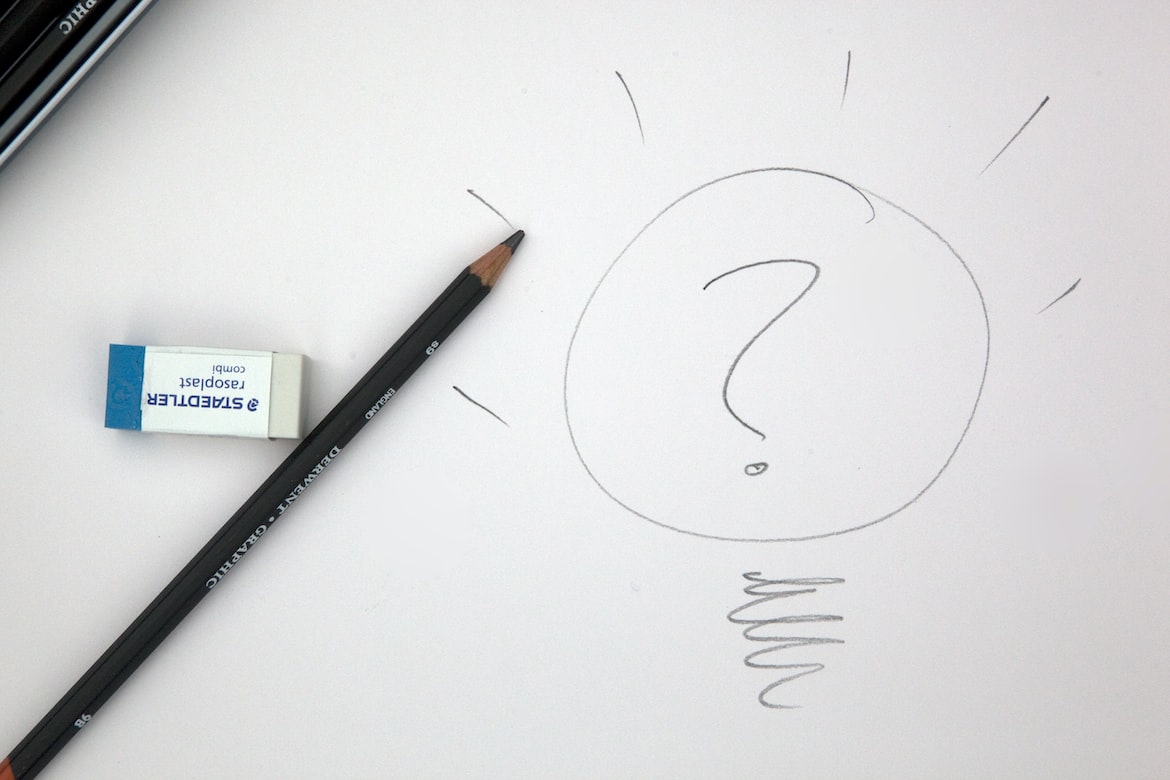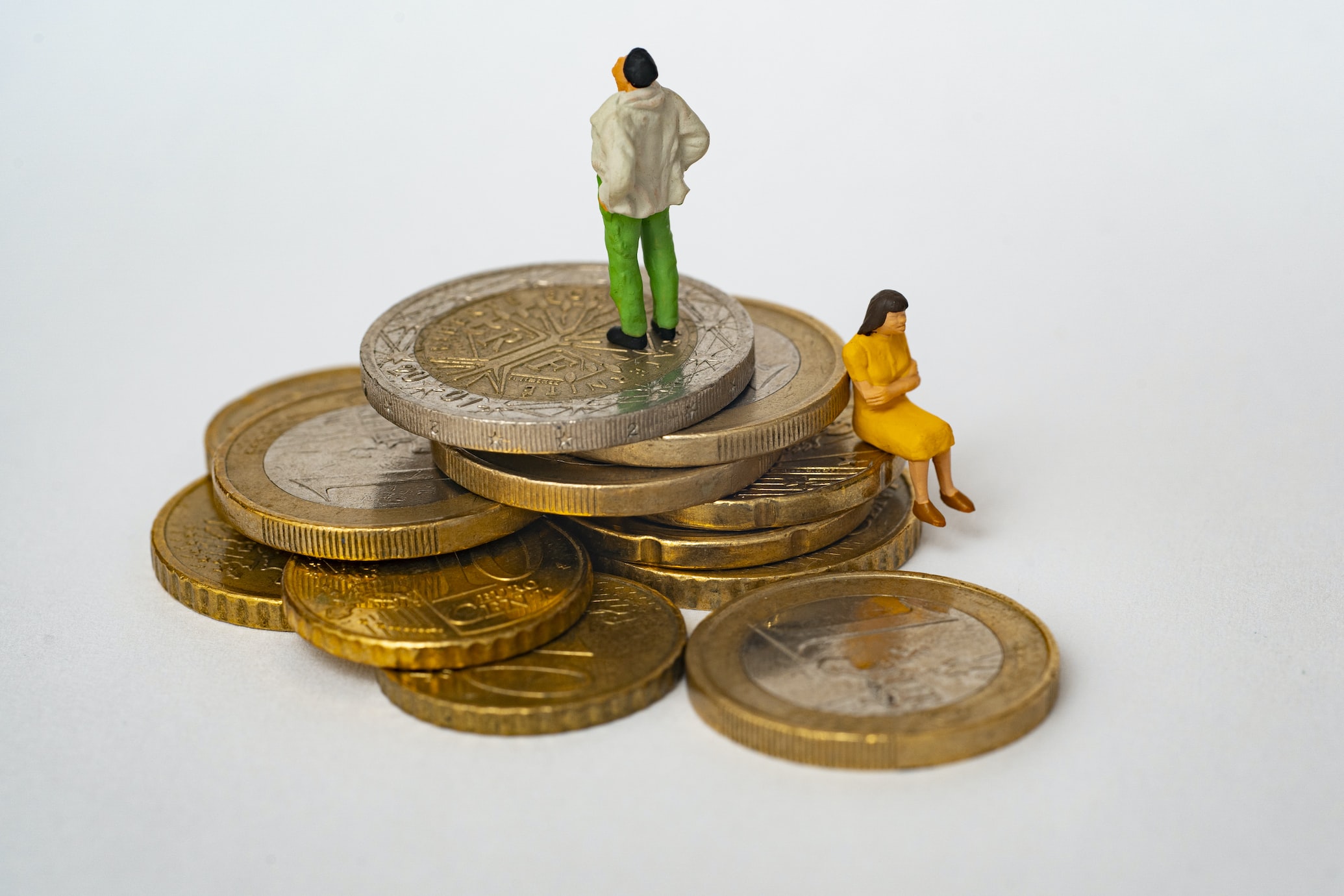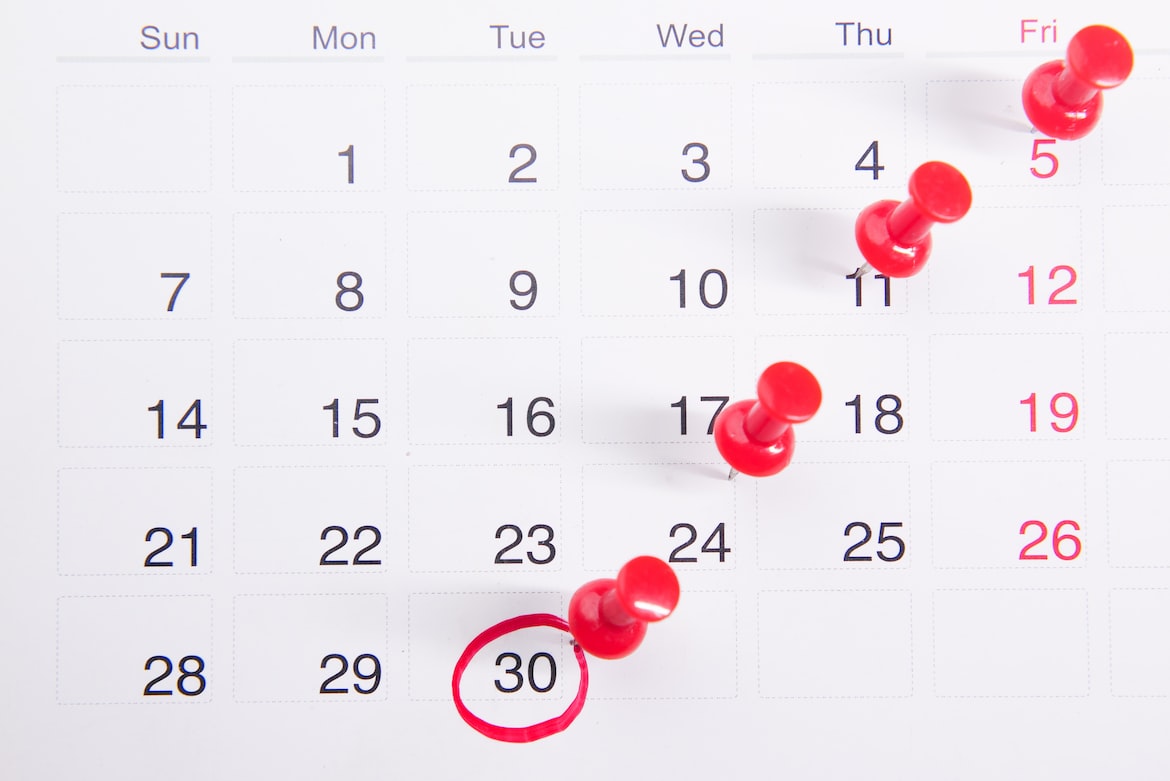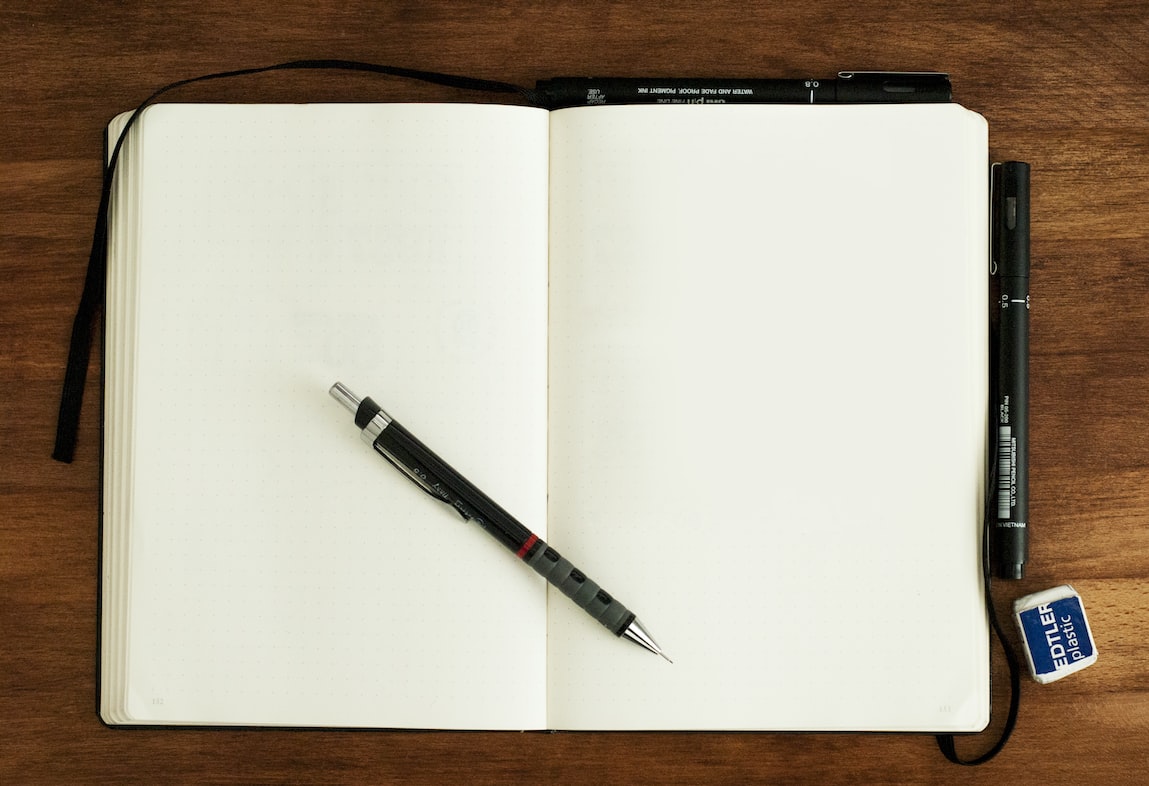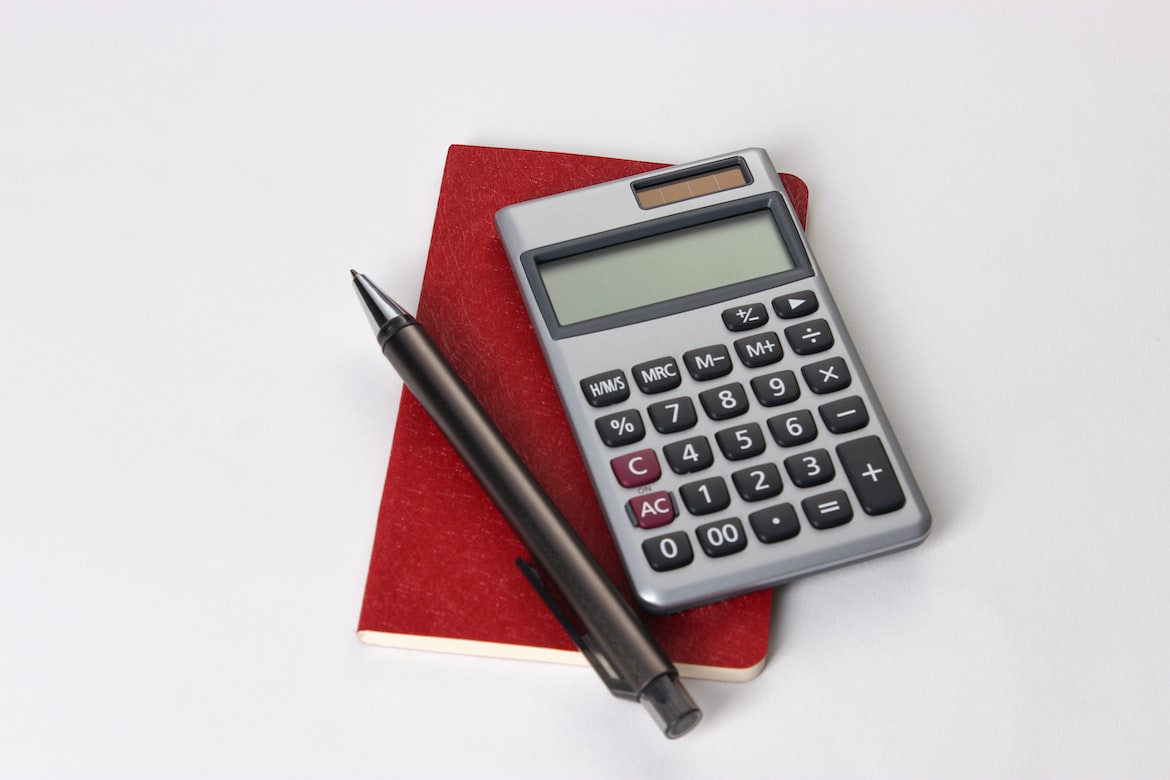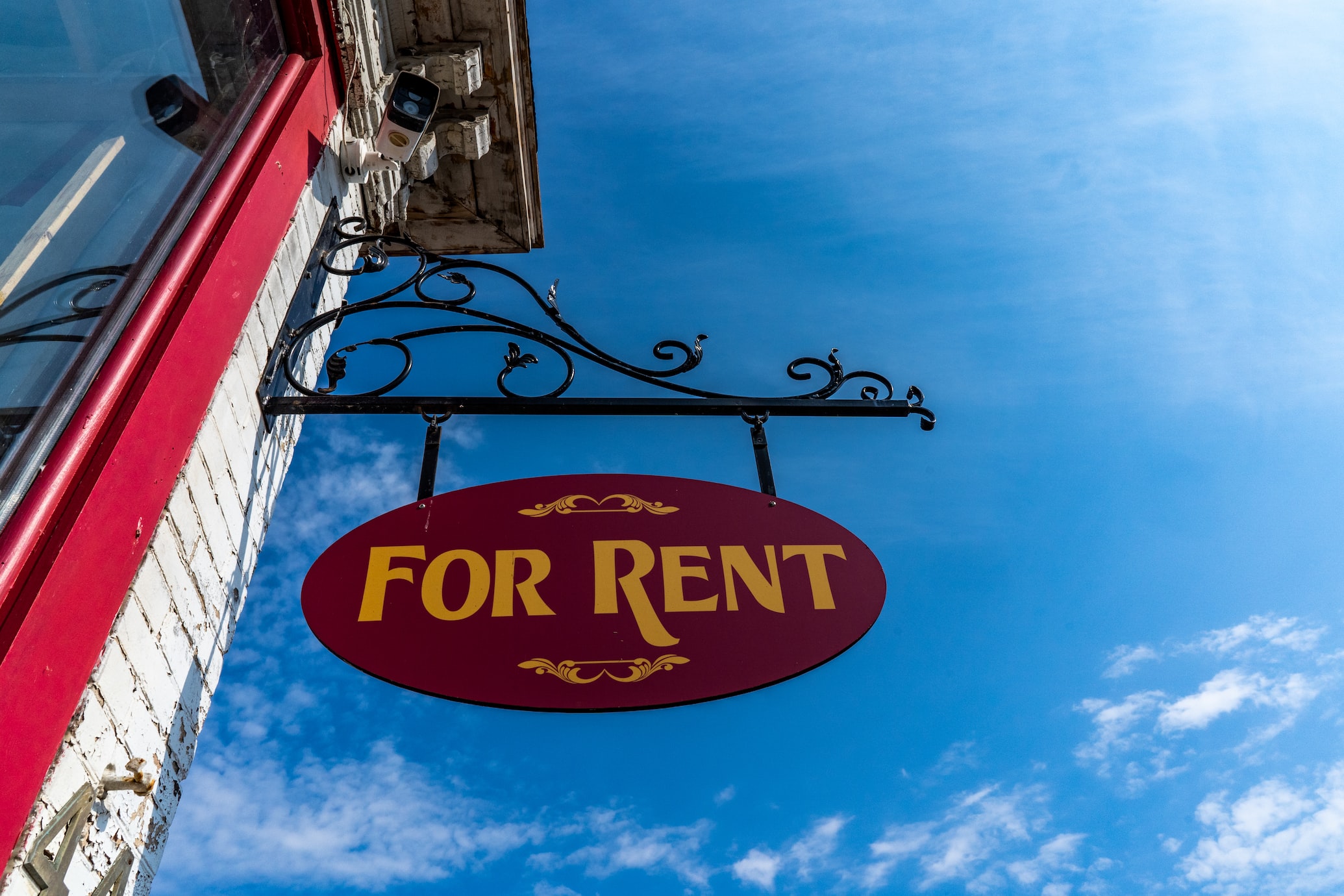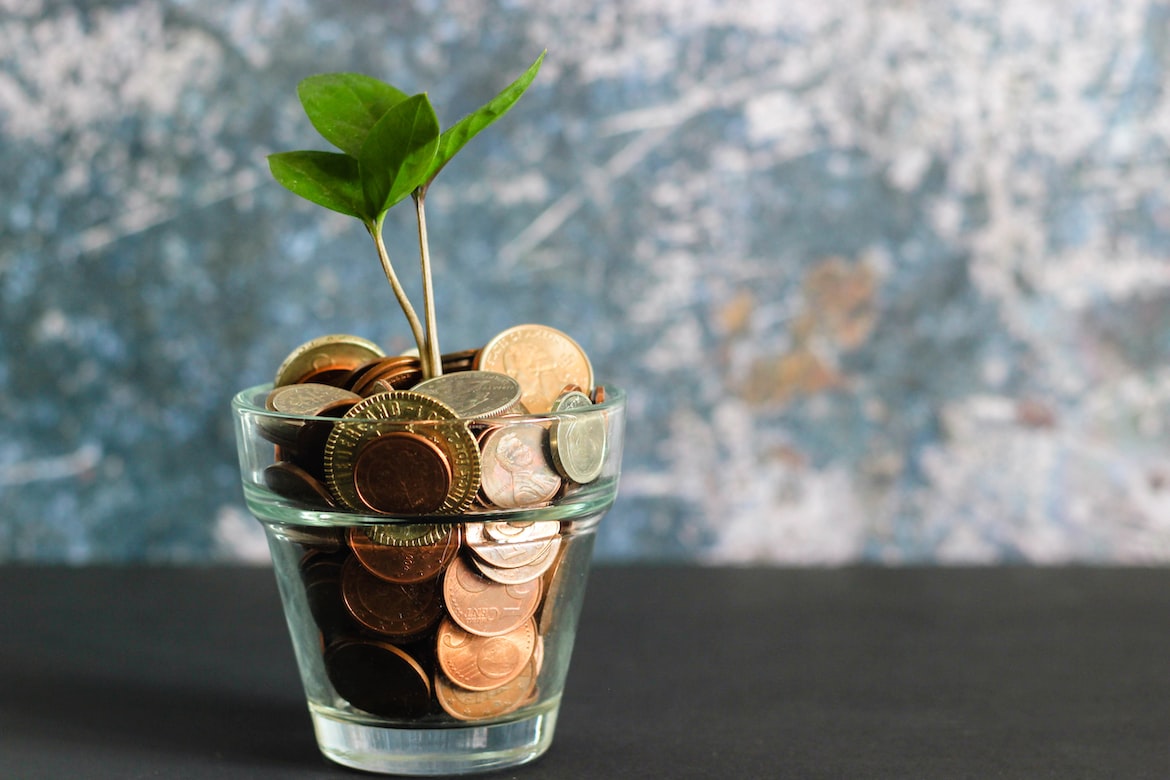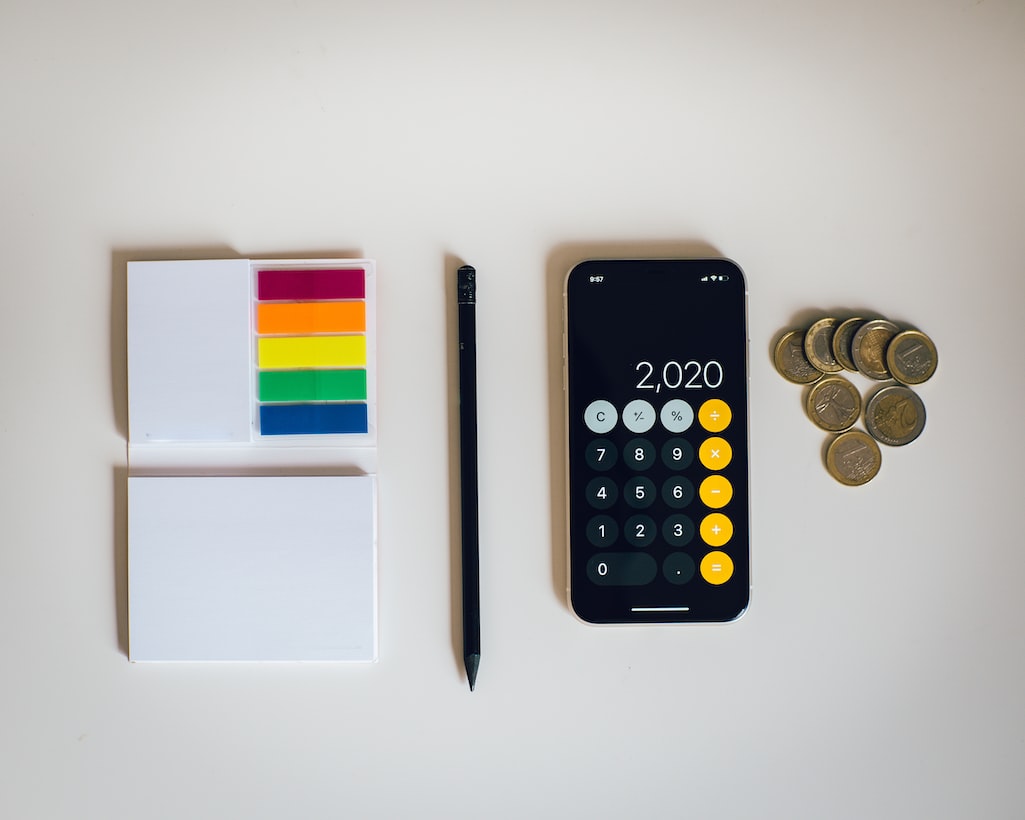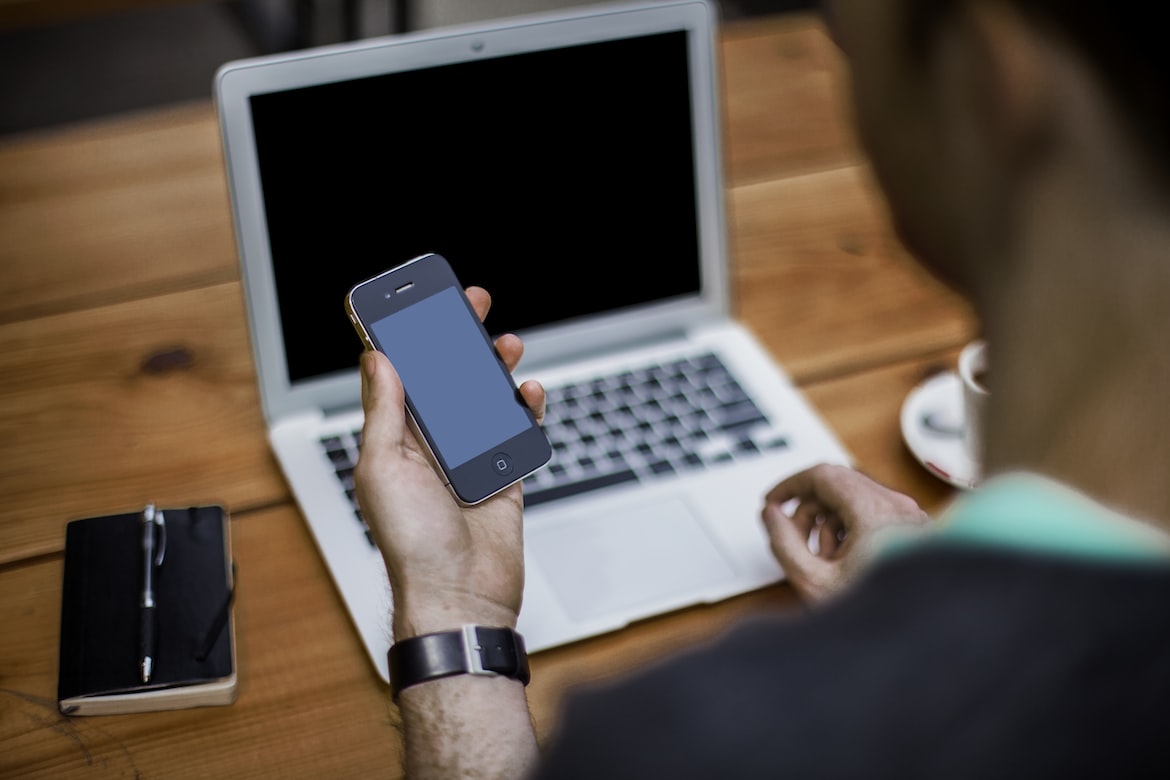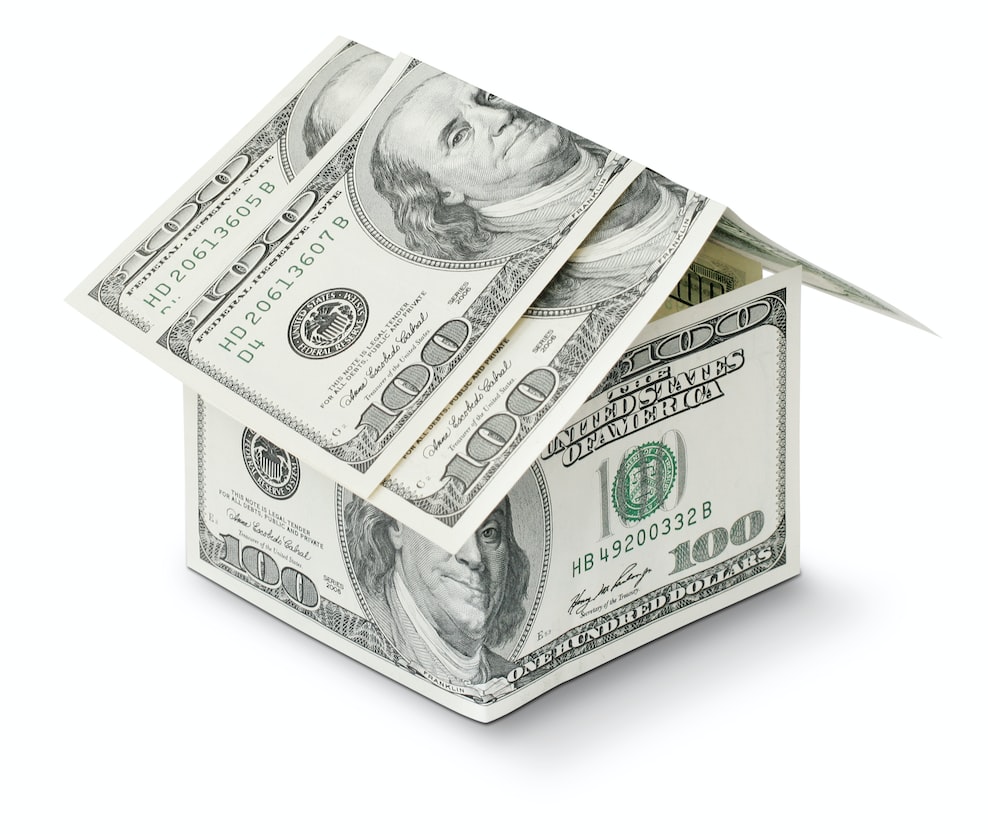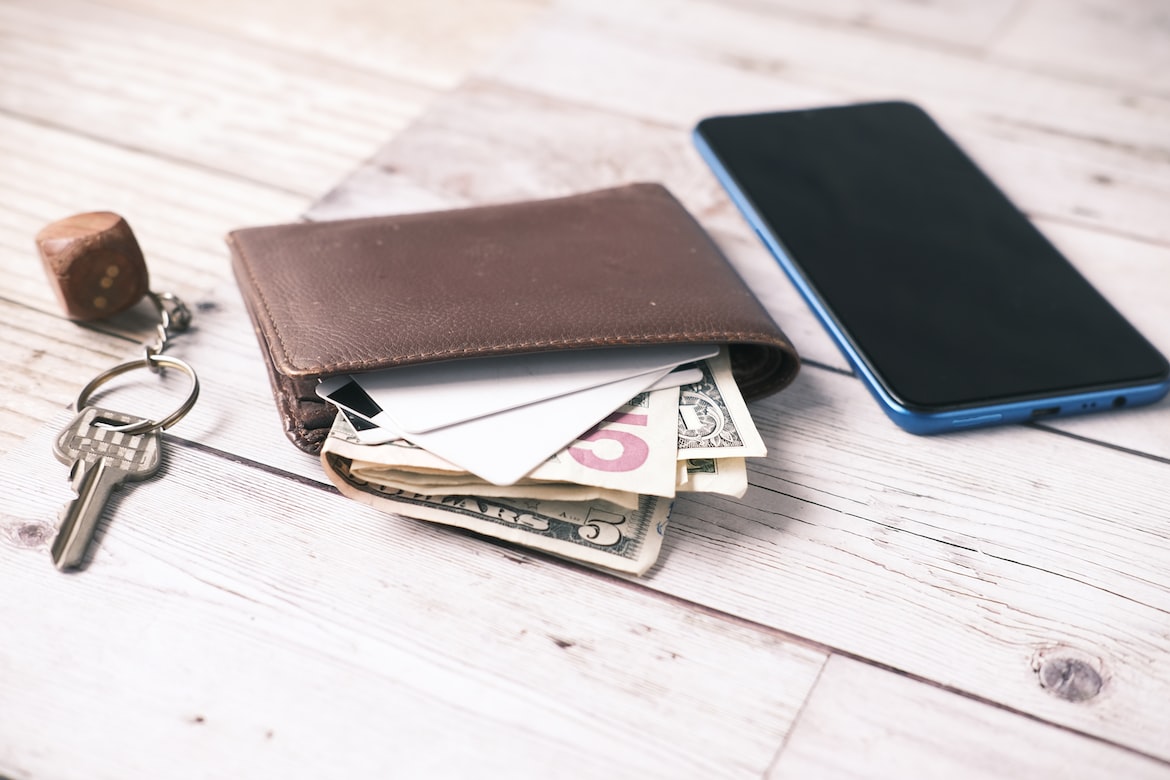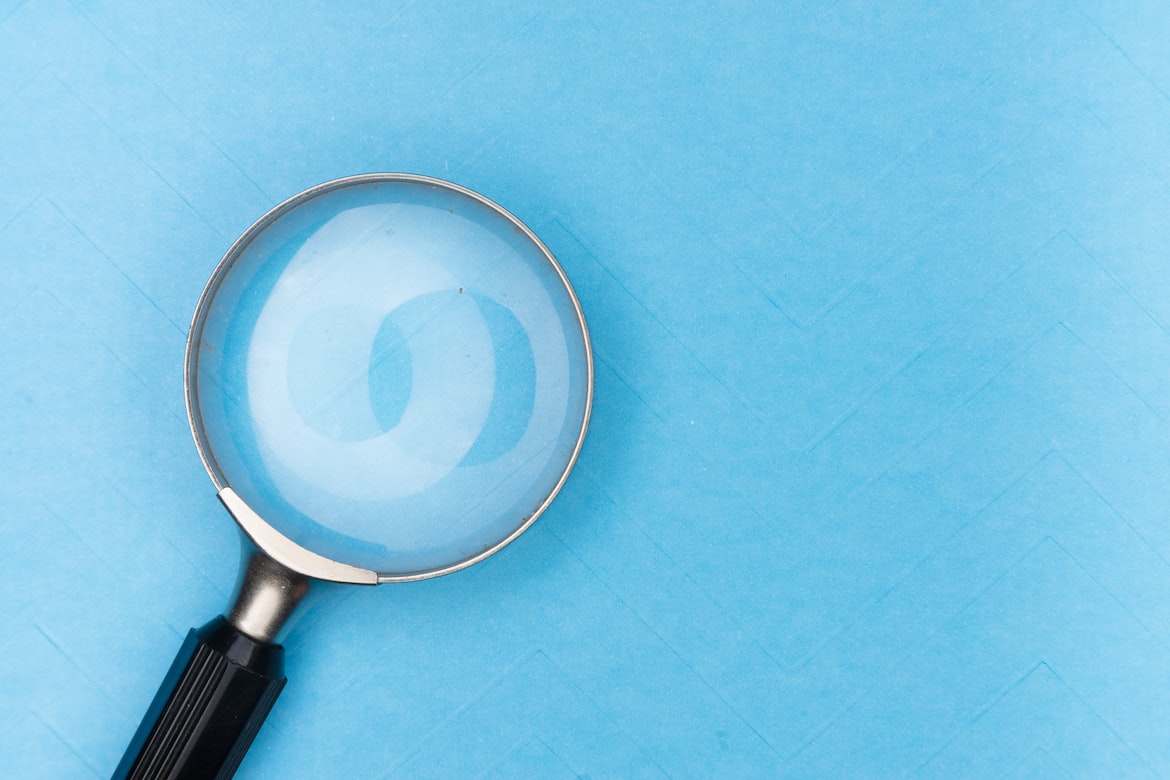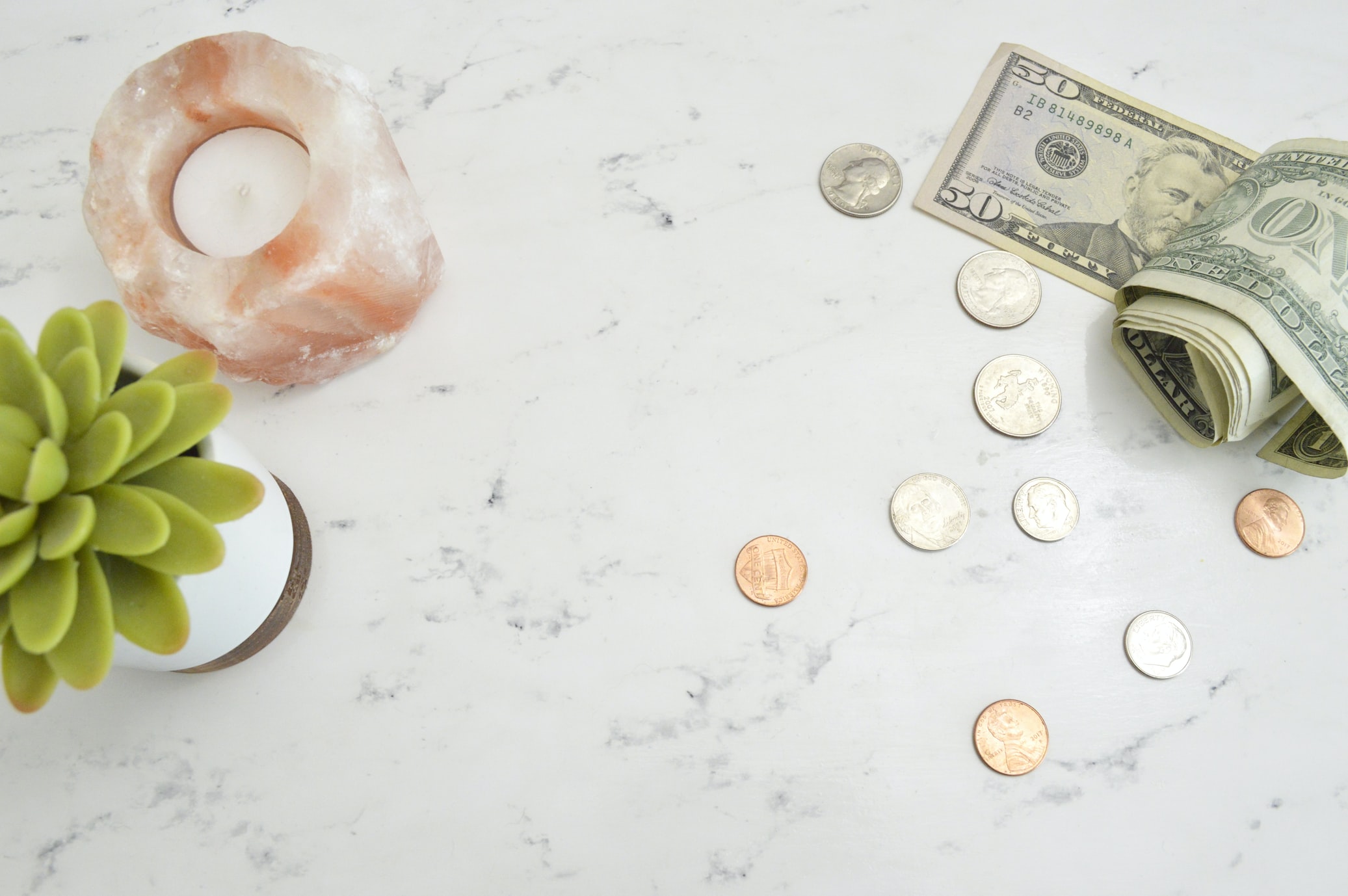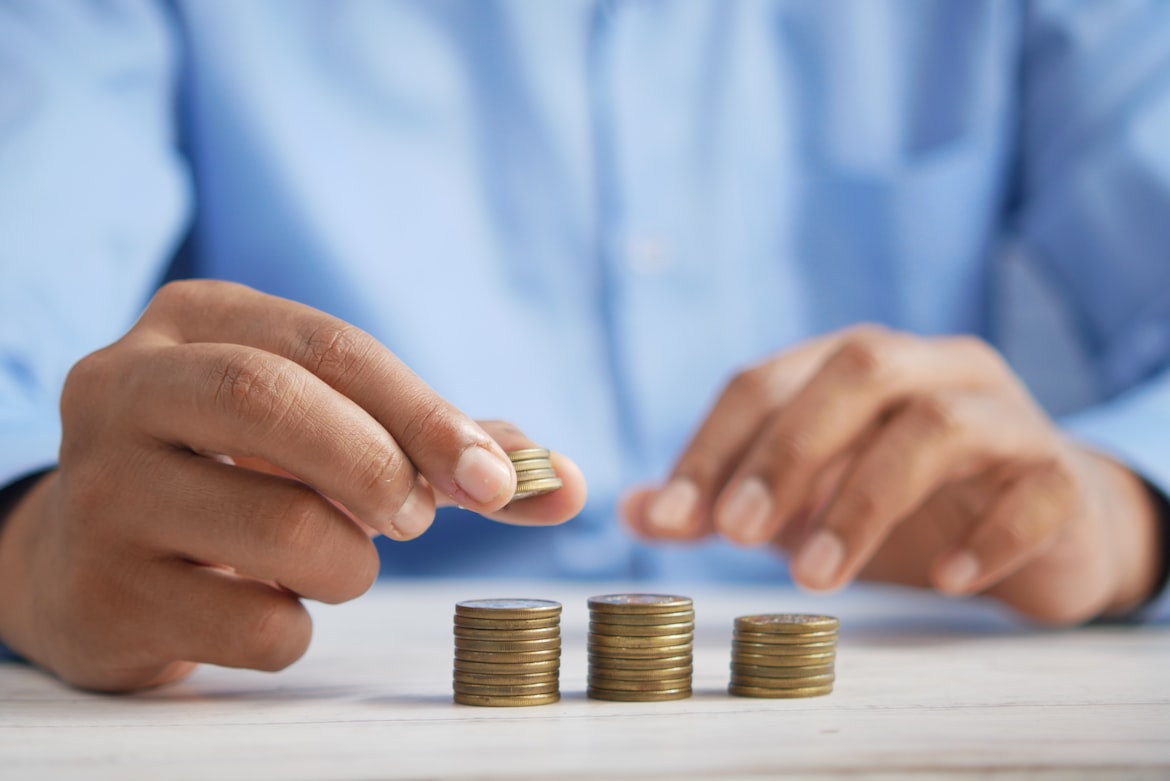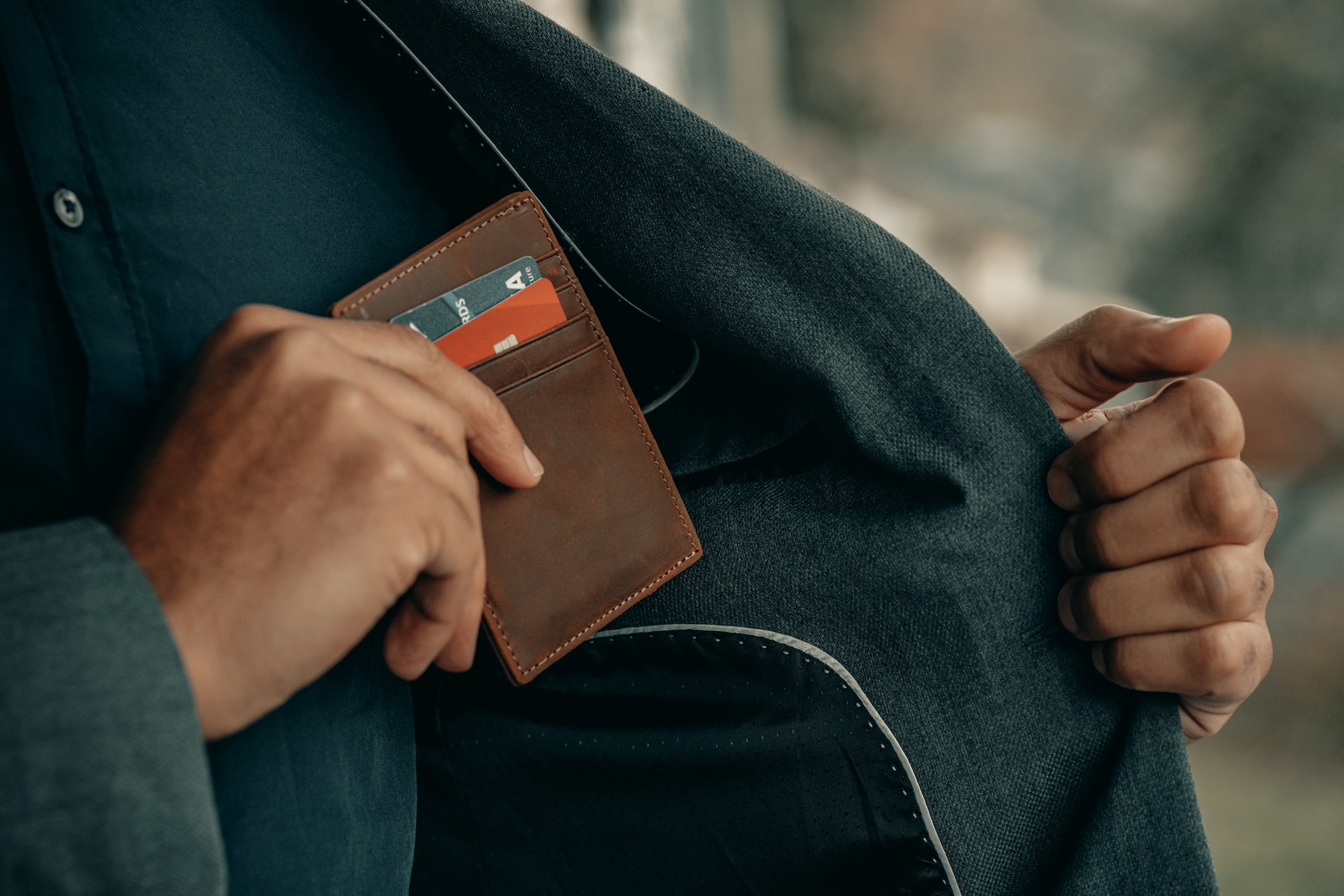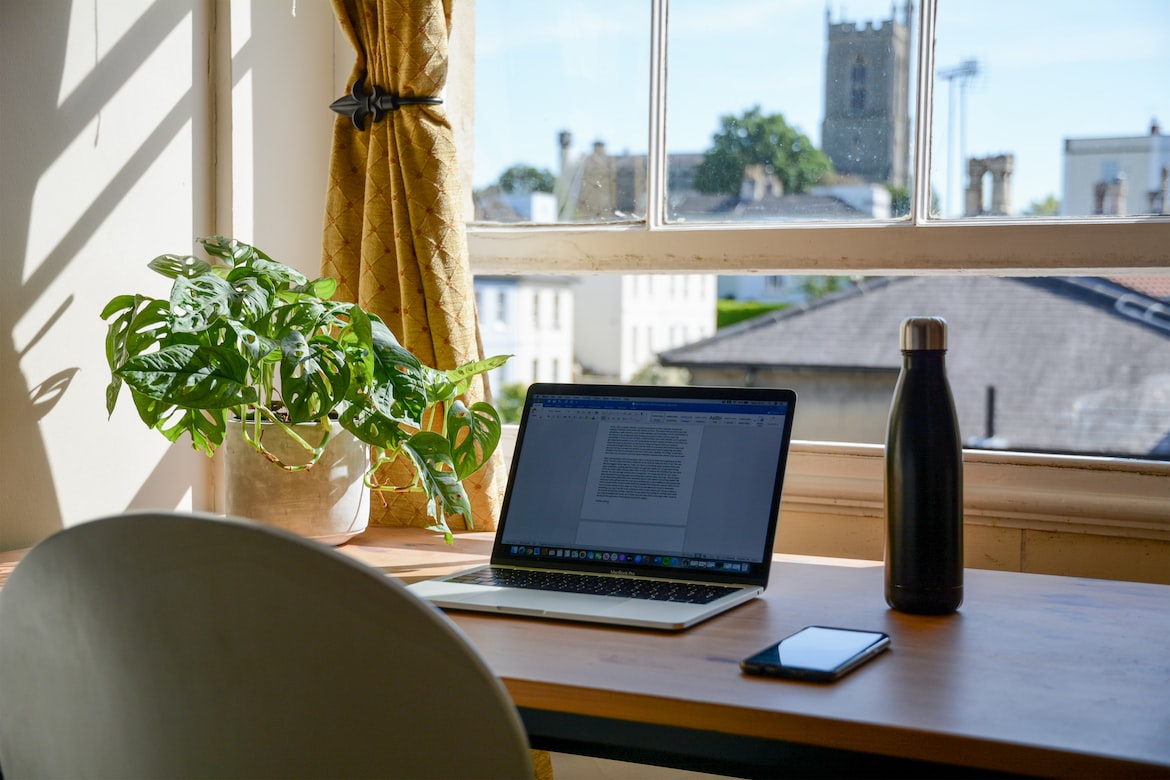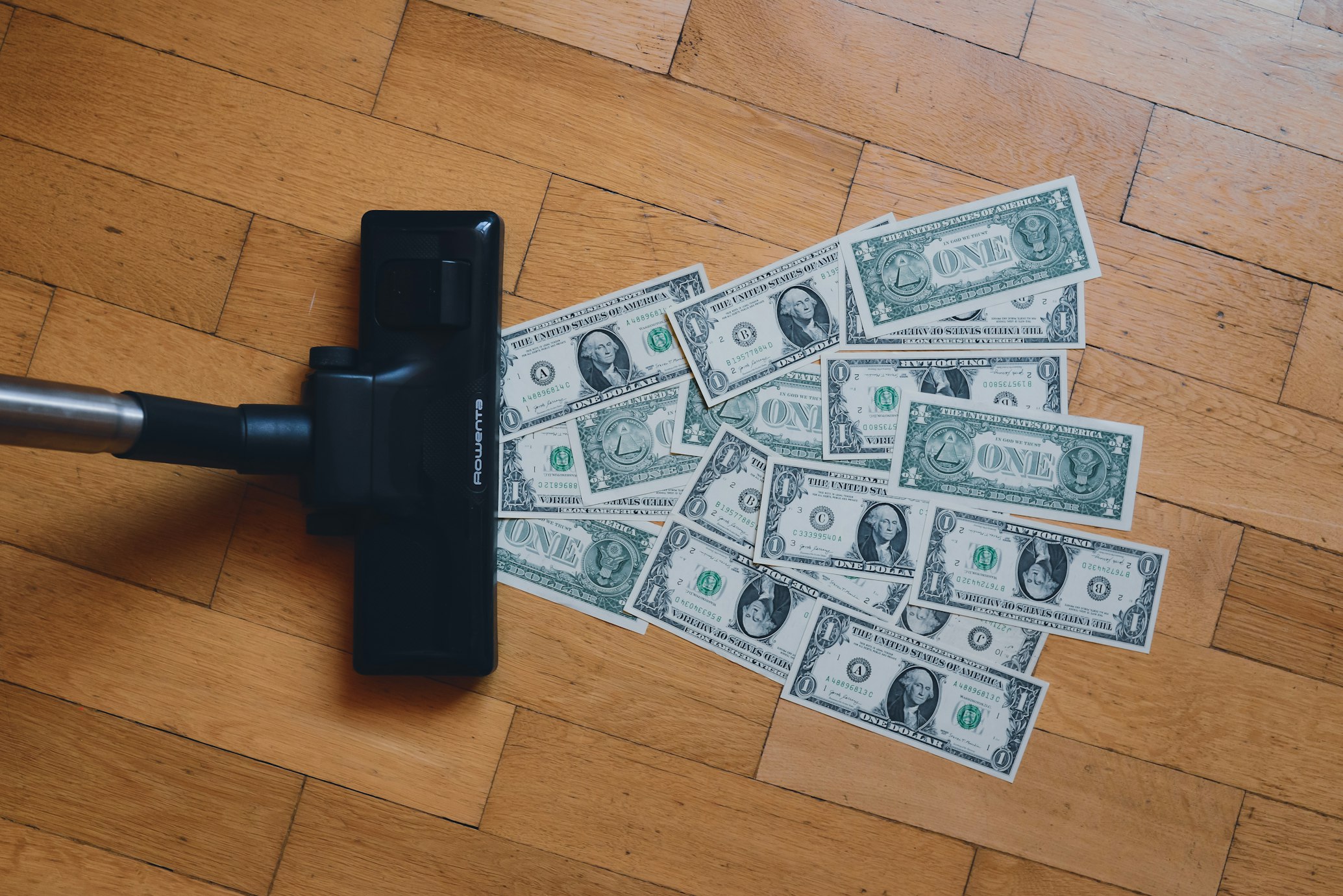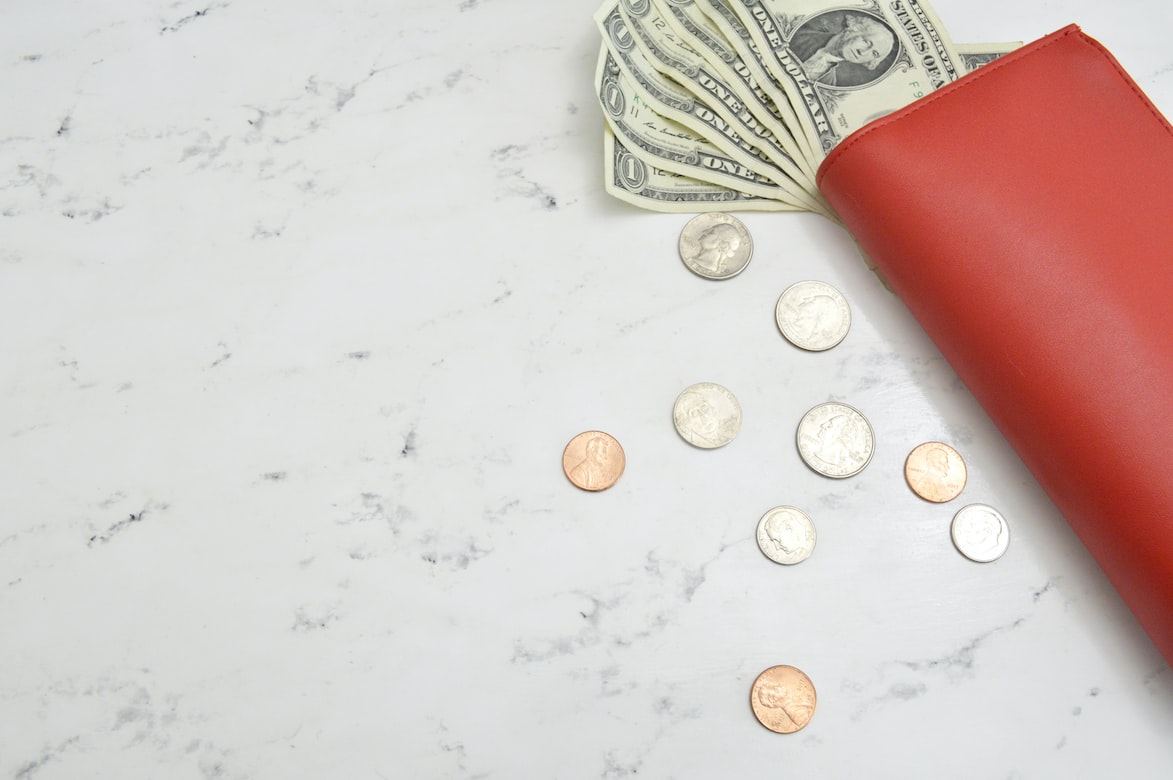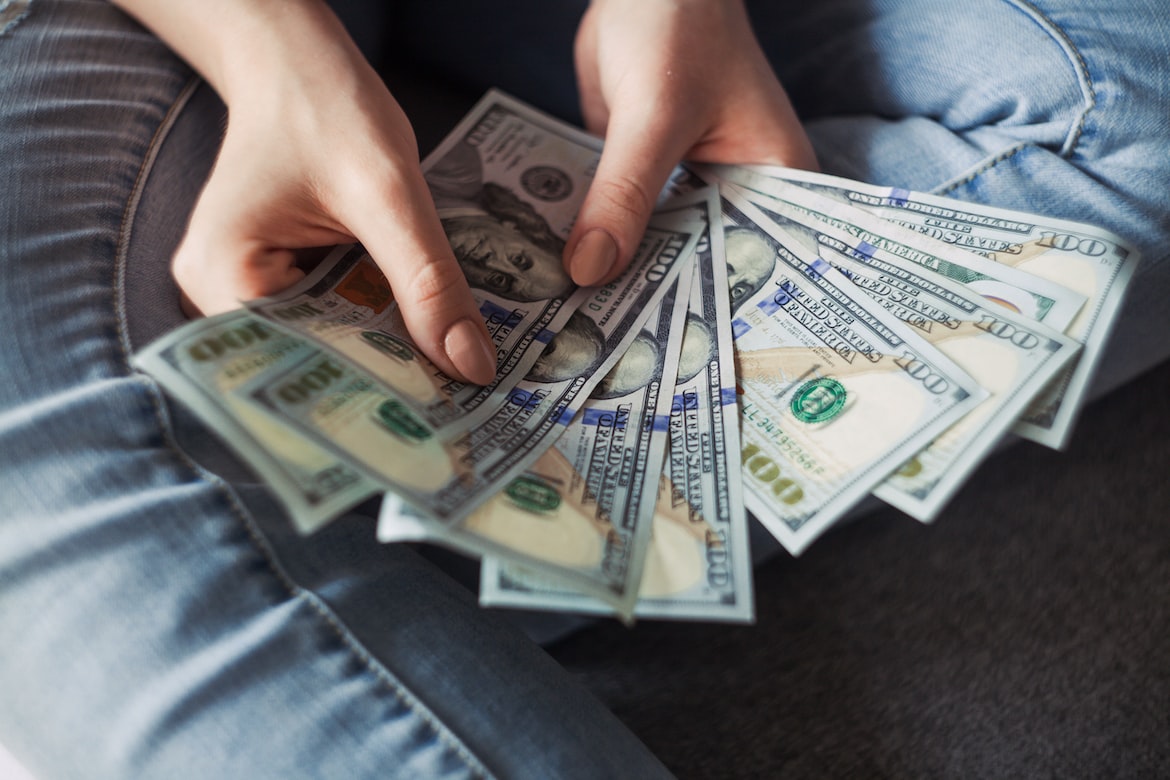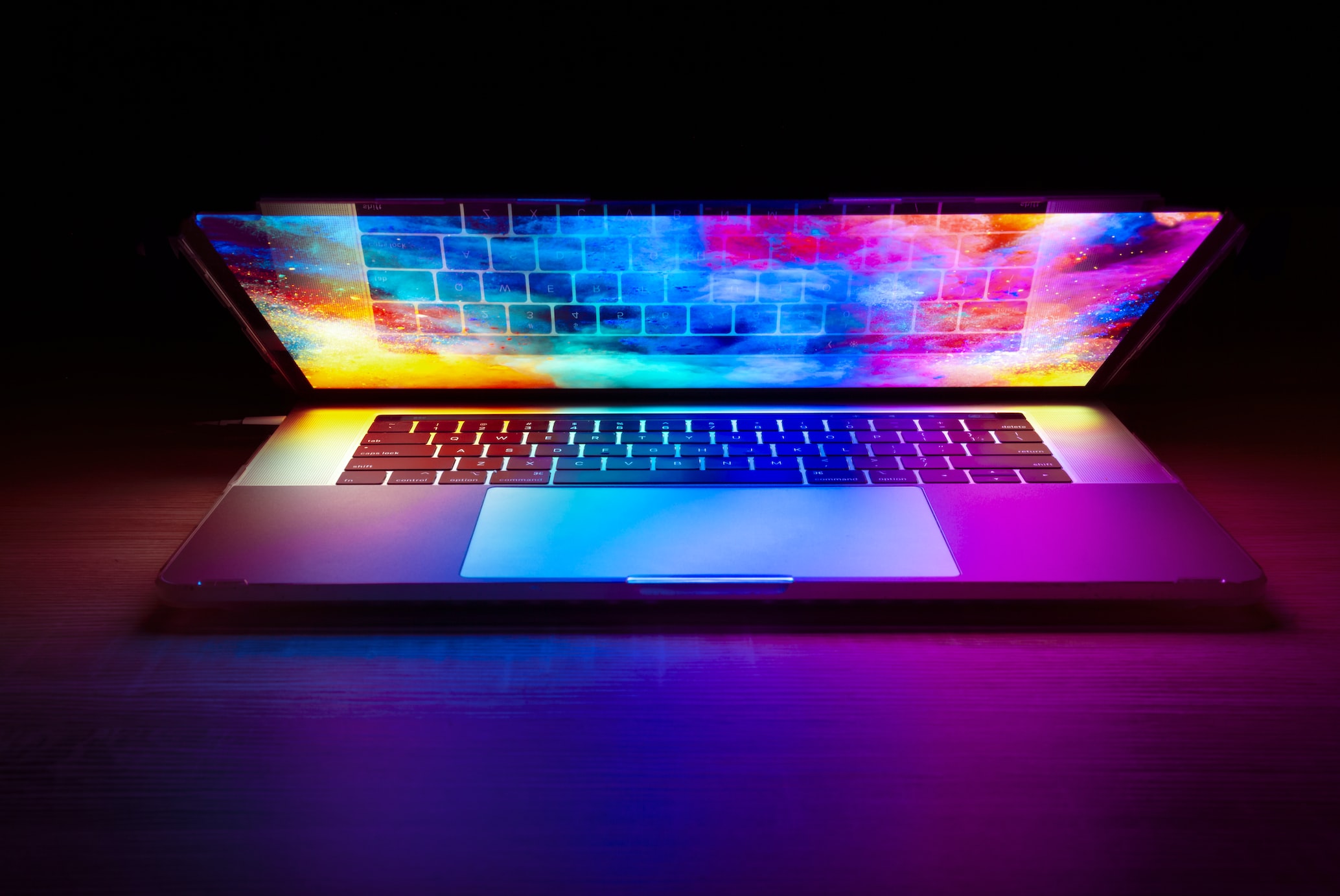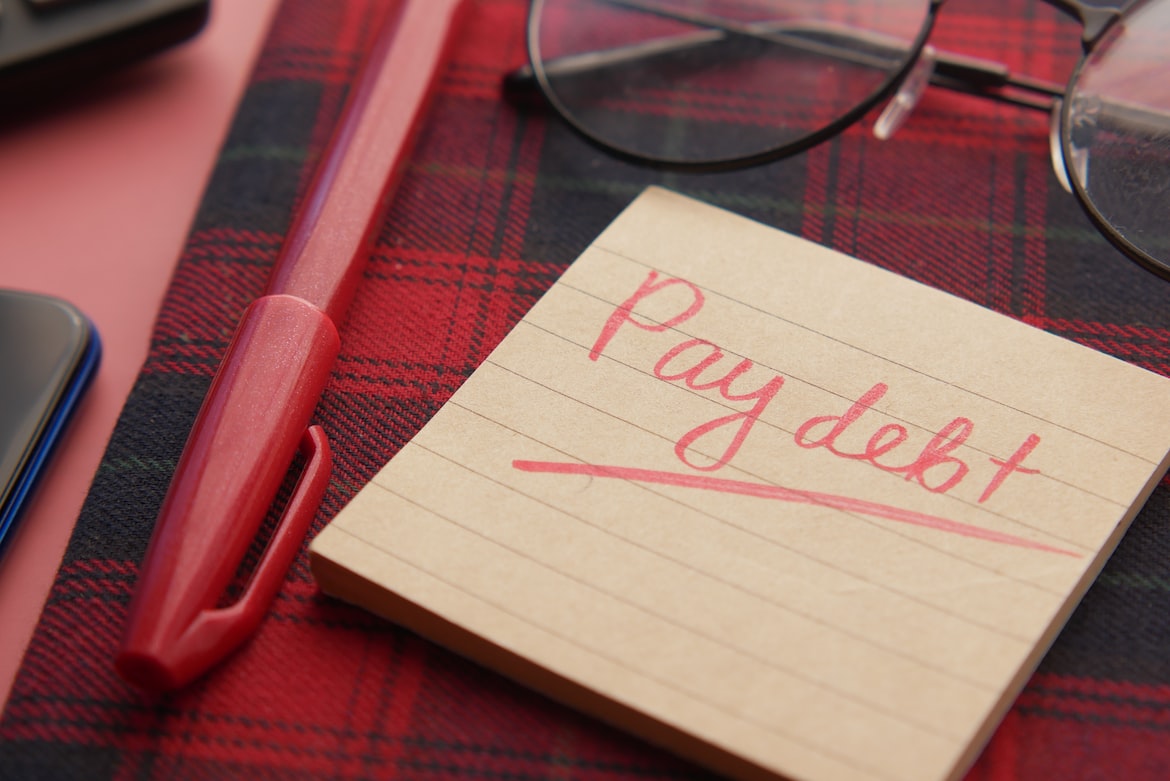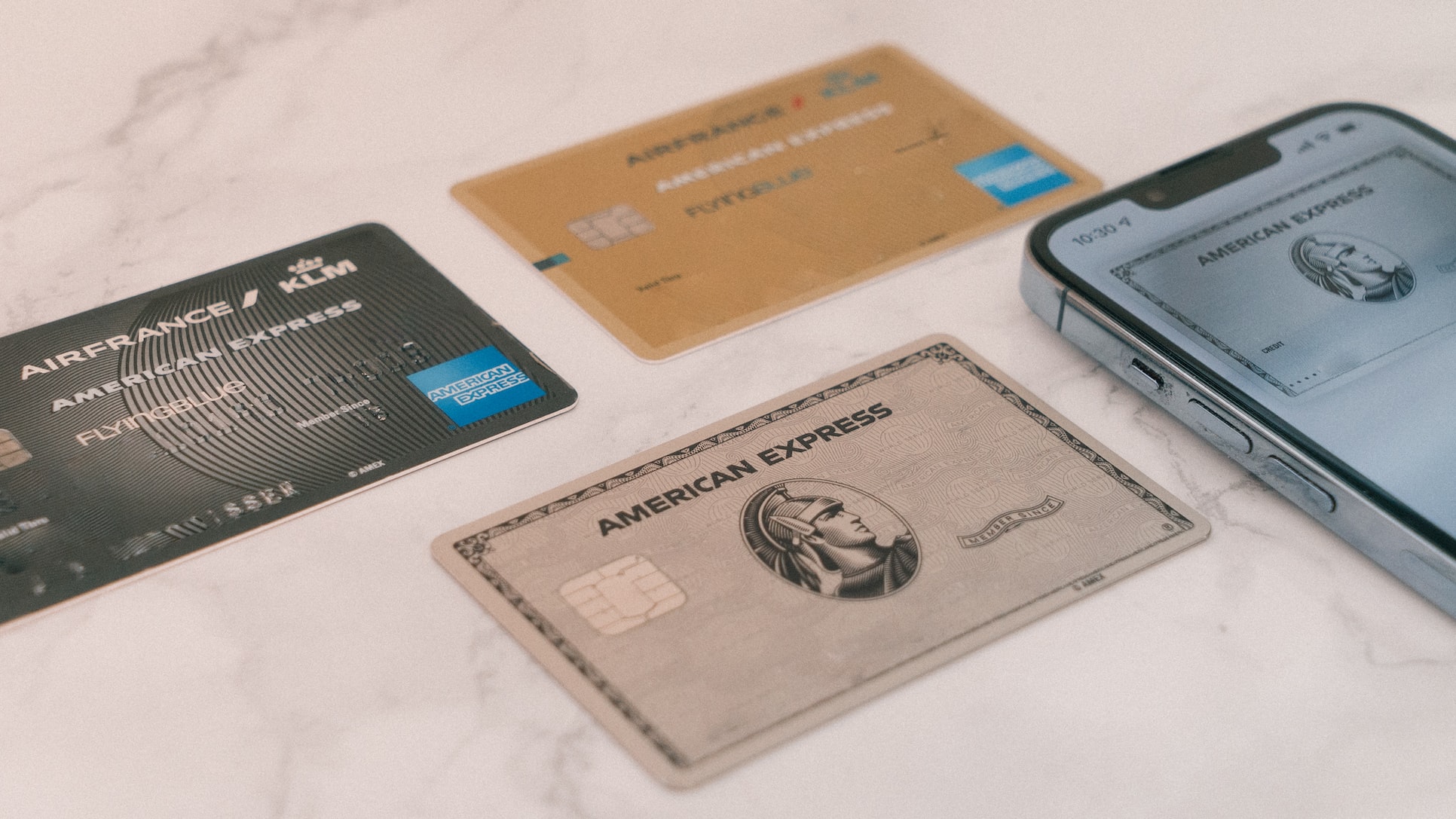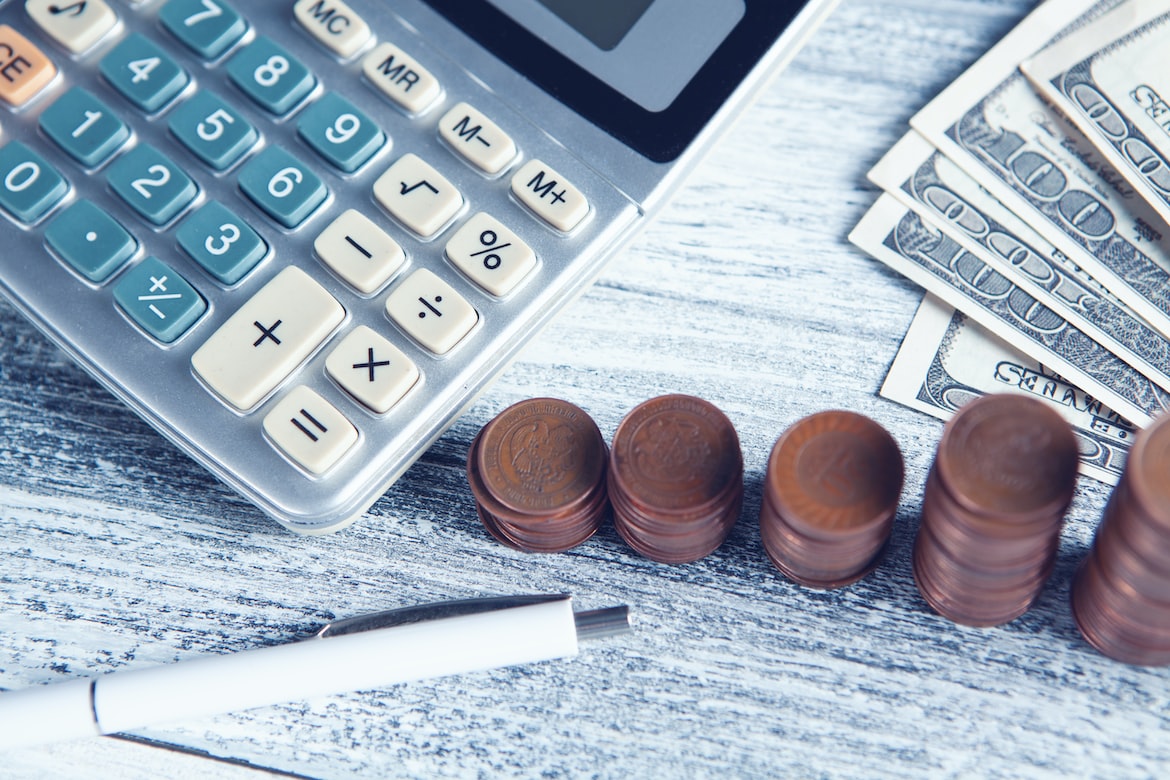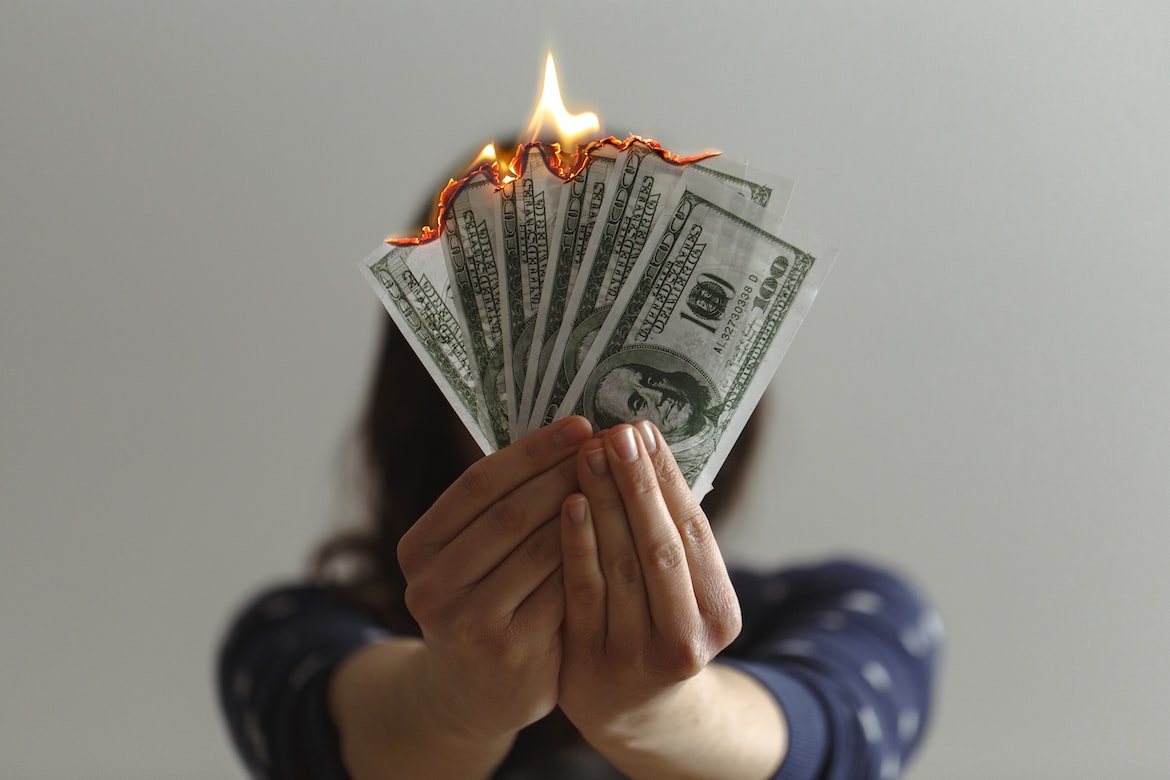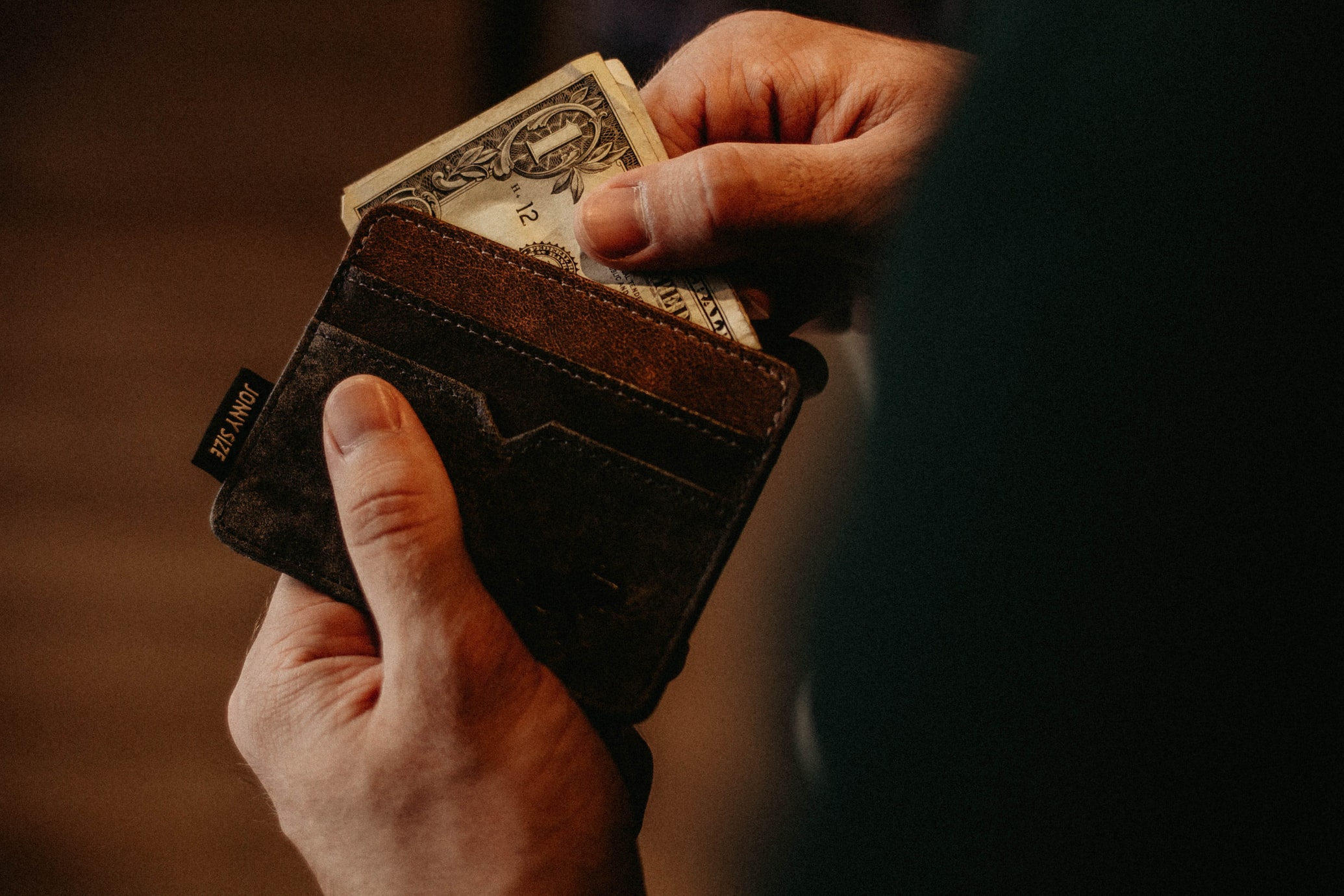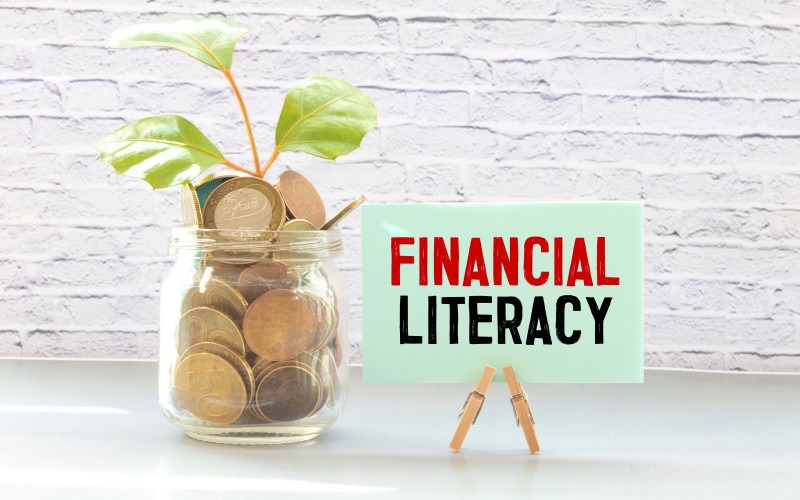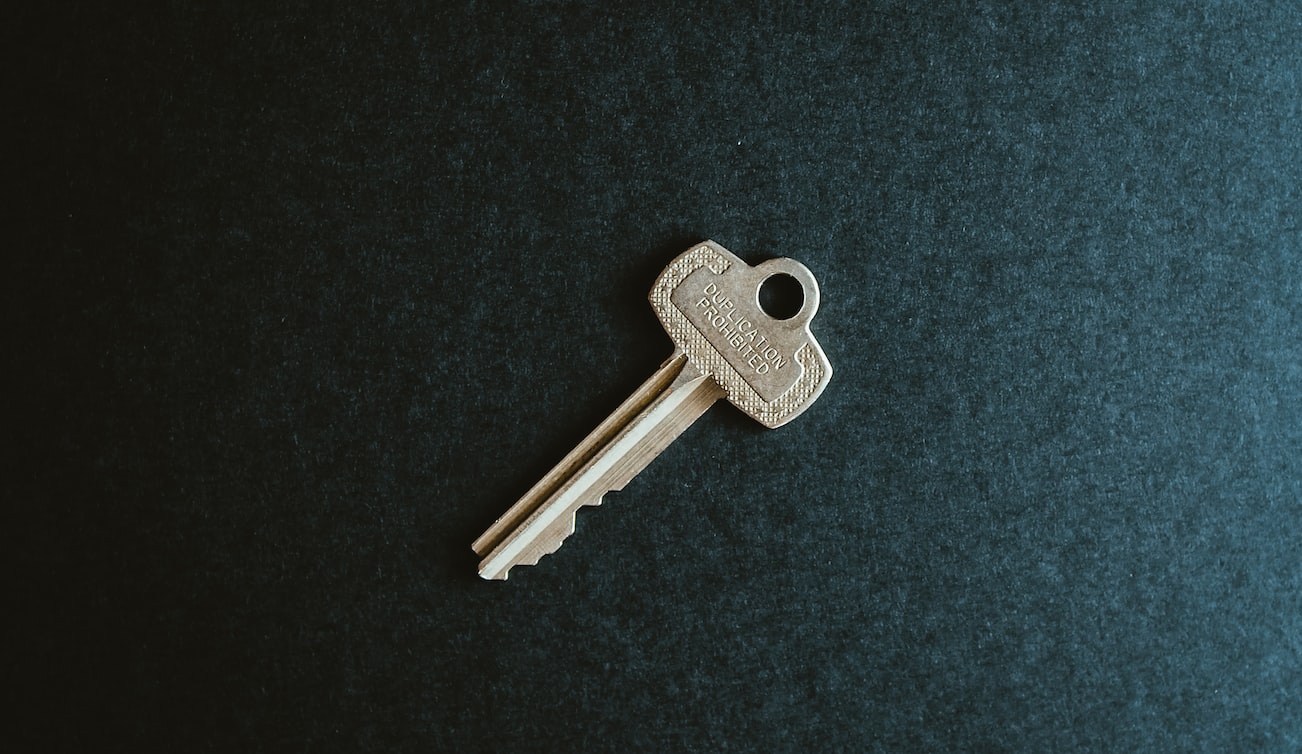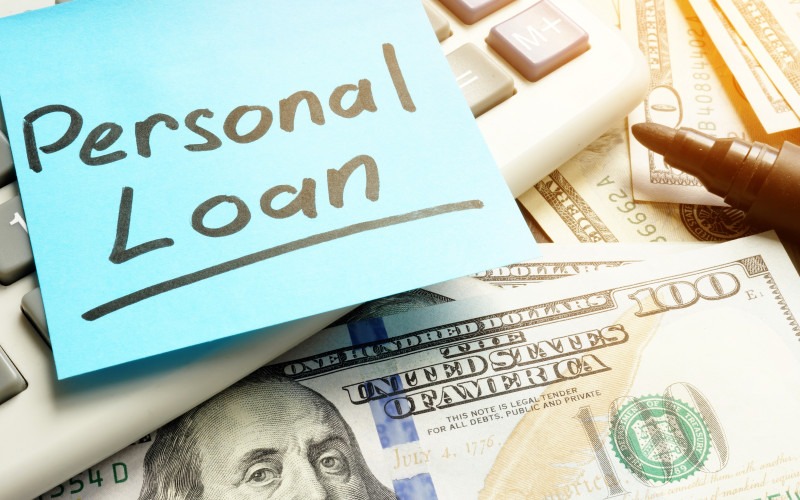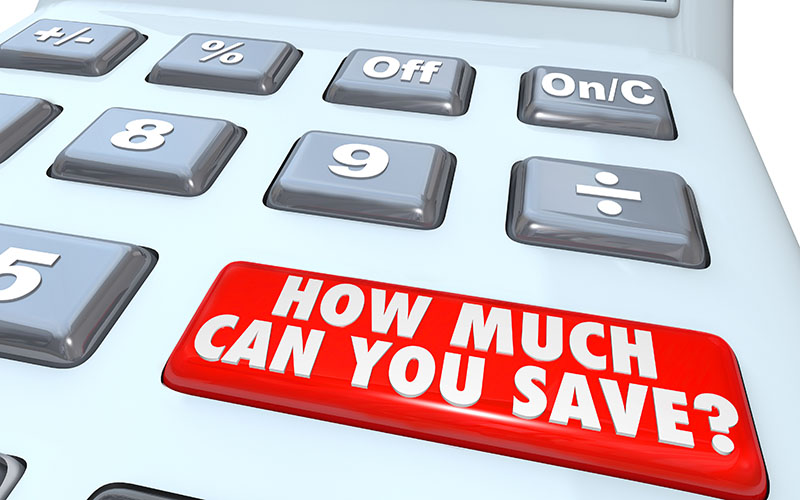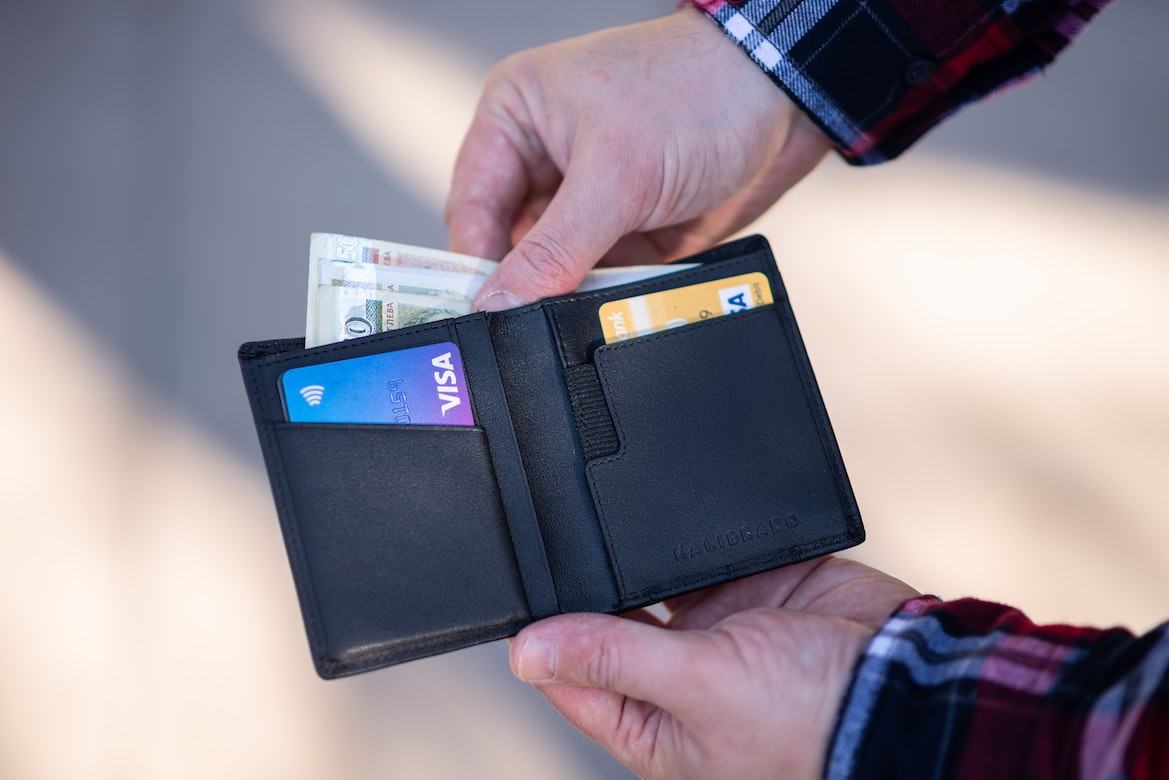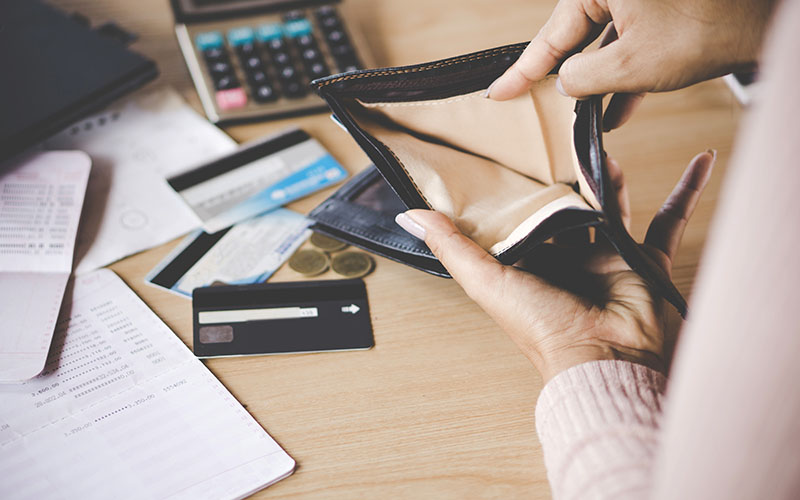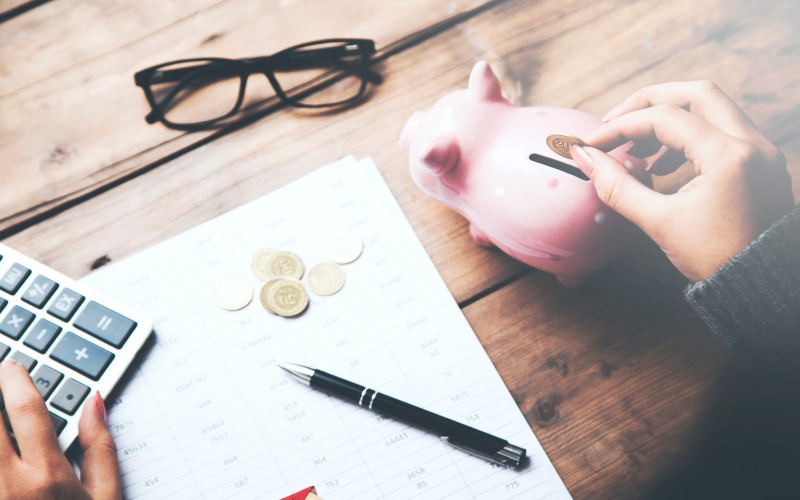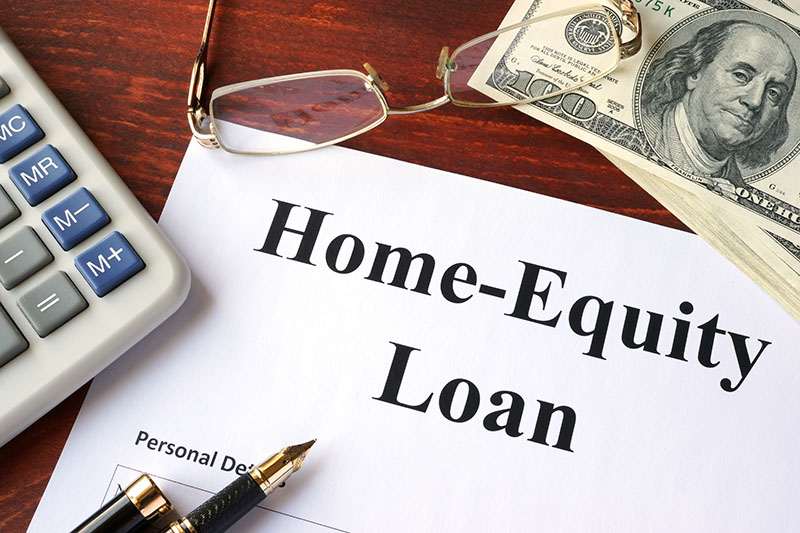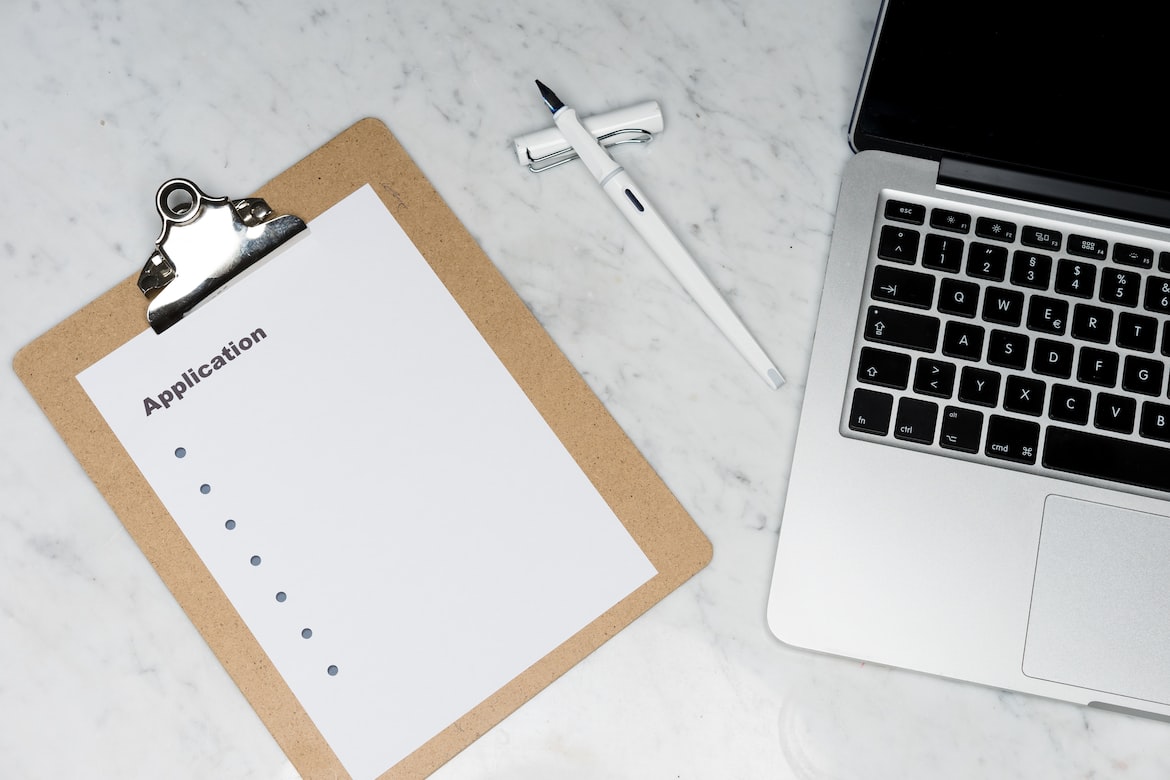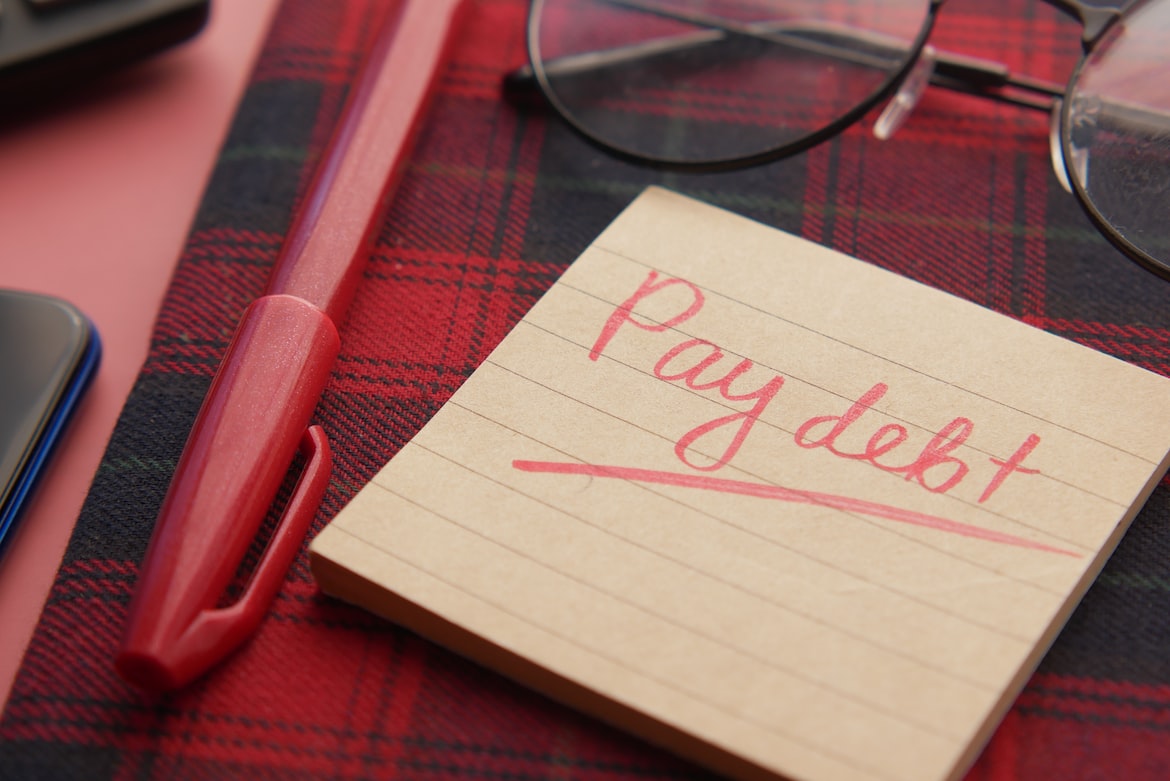Emergency Fund Essentials
Key Takeaways
- An emergency fund is essential to cover unexpected expenses like job loss, medical bills, or home repairs without going into debt
- Aim to save 3–6 months' worth of living expenses using strategies like automating savings, reducing costs, and using high-yield accounts
- Use emergency funds only for true emergencies and avoid common mistakes like saving too little, too much, or misusing funds
- Rebuild your fund after use by reassessing your finances and creating a savings plan
- Personal loans can help in urgent situations, but shouldn’t replace a well-maintained emergency fund
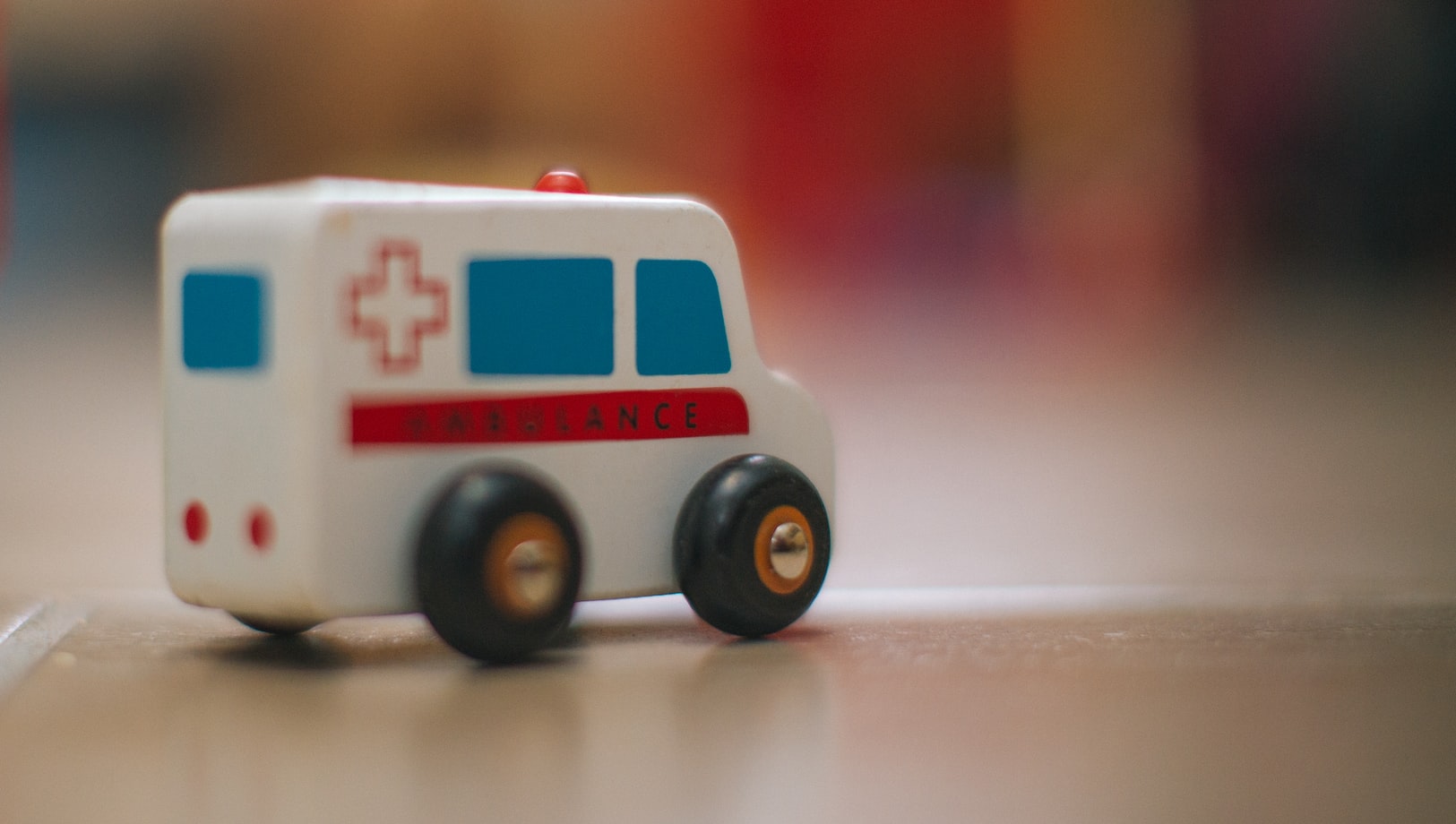
An emergency fund is essential in today’s unpredictable world because it provides you with a financial safety net. It contains a significant amount of savings you set aside to cushion the negative impact of critical and unforeseen events, such as job loss, medical bills, and natural disasters.
Let’s go over the benefits of an emergency fund, strategies for how to effectively build one, and common pitfalls, such as relying too heavily on personal loans instead of saving, which can undermine your financial stability.
The importance of having an emergency fund
Emergencies can cost you thousands of dollars in medical bills, repairs, or living costs of rent and food. More often than not, these expenses cannot be avoided due to their urgent and necessary nature. If you aren’t financially prepared, these emergencies can plunge you into debt.
That’s where an emergency fund comes in–it provides you with much-needed money in a pinch. This means that you can mitigate the devastating effects of an emergency on your financial situation and more easily recover from the sudden shift or turmoil in life.
How much money should be saved in an emergency fund will depend on various factors such as your income, location, and risk tolerance. In general, an emergency fund should have enough money (around 3 to 6 months' worth of living expenses) to help you handle fairly large emergencies without losing money for housing and food.
While exact bill amounts can vary greatly depending on your circumstances and needs, here are a few example costs of emergencies in the US:
Emergency room visits: ~$2,000 per visit
Serious home repair bill: ~$5,000
Emergency vet bill: ~$1000 per visit
Different ways to build an emergency fund
Here are some common strategies people use to build up a healthy emergency fund.
1. Boost your income through side jobs
If you find that your main source of income does not provide you with enough money to set aside a portion of it for an emergency fund, it may benefit you to work an extra job on the side. This enables you to dedicate extra money toward your savings, which can help you rapidly accelerate the growth of your emergency fund.
Since maintaining a side hustle can be stressful, it’s important to evaluate your living conditions and current income to see whether this is a viable option for you.
2. Automate your savings
One way to make sure that you’re allocating money toward your emergency fund consistently is to automate your savings. This means that each month, there is an automatic transfer of money from your checking account to your savings account. This means you don’t need to do it manually every time.
3. Reduce unnecessary expenses
Trimming the number of unnecessary purchases you make each month can help you increase your savings.
Here are some kinds of expenses that you may want to try and reduce when trying to save up for your emergency fund:
- Subscription services (e.g. streaming, groceries)
- Dining out
- Ordering takeout
- Utility bills (e.g. electricity, water)
Other tactics you can use to reduce unnecessary expenses include deleting shopping apps from your phone and creating a clear budget on how much to spend every month.
4. Wait for sales and use discount codes
When shopping for new goods and services, sales and discounts can save you plenty of money. For example, if you’ve been eyeing a pricy electronic, you might want to wait until a Black Friday sale.
If you’re adding items to your virtual shopping cart, double-check to see whether there are offers or promo codes to discount the final price. In brick and mortar stores, you can see if there are any coupons or deals to help you save money.
Where to keep an emergency fund
High yield savings account
A high yield savings account is an advanced type of a standard savings account. Depending on what high yield savings account you open, you might be able to save significantly more–up to 4 times than you would save in a standard savings account!
Money market mutual fund
Money market accounts typically offer the advantage of easy access to your funds. There is usually a minimum amount of money you need to keep in the account, which can further incentivize you to save up for your emergency fund.
Certificate of deposit (CD)
A certificate of deposit locks your money so you can’t use it for a while, but it comes with higher interest rates than standard savings accounts. The initial inaccessibility may be a level of risk you are not willing to tolerate, so certificates of deposit are certainly not for everyone. If you want to give CDs a chance, consider going for a no-penalty or flexible certificate of deposit that allows you to withdraw funds in case of an emergency.
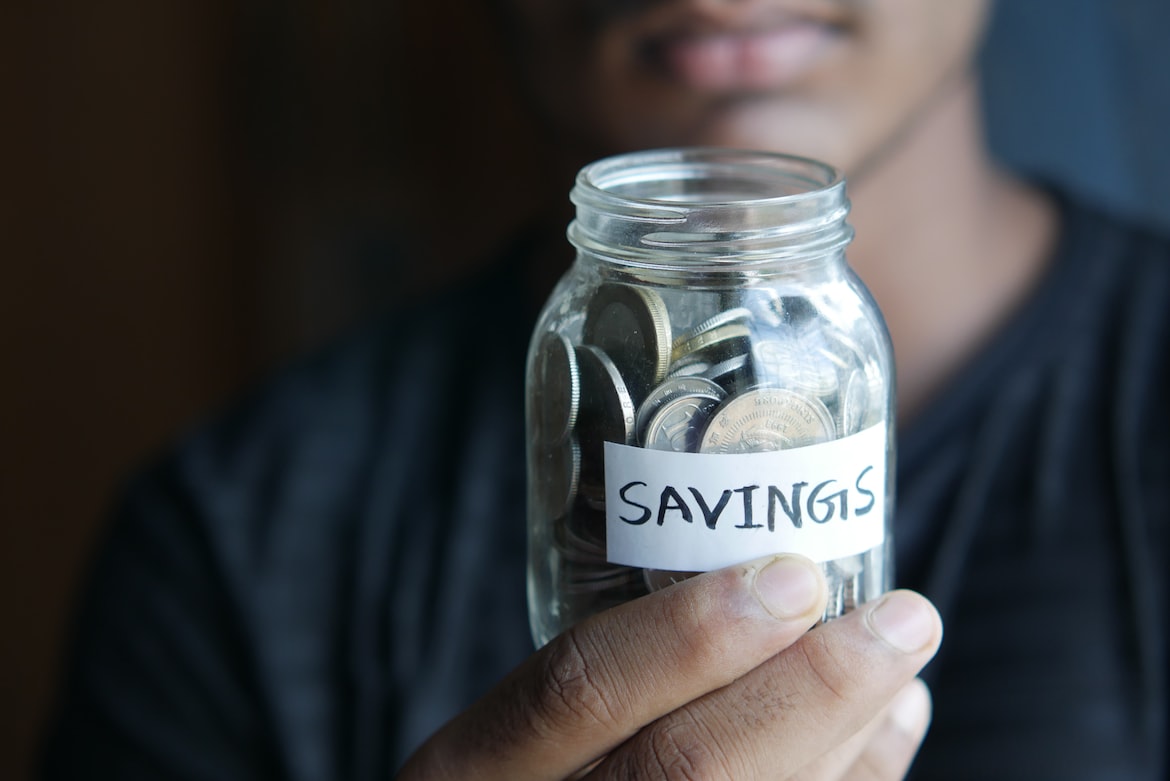
How to access an emergency fund
How to access your emergency fund will depend on where you have saved your money. How to withdraw money from your emergency savings account should be outlined for you when you open your account. For high-yield savings accounts and certificates of deposit, you might need to meet certain requirements before you can withdraw money.
For some money market accounts, you might need to write a check from your emergency fund account to pay your bills, though this can take longer for you to use your money.
These days, most banks offer both online and in-person services, allowing you to withdraw funds, transfer money between accounts, and deal with emergencies fairly easily. To most optimally use your emergency money without incurring excessive fees, make sure you review your bank accounts’ terms and conditions before withdrawing money.
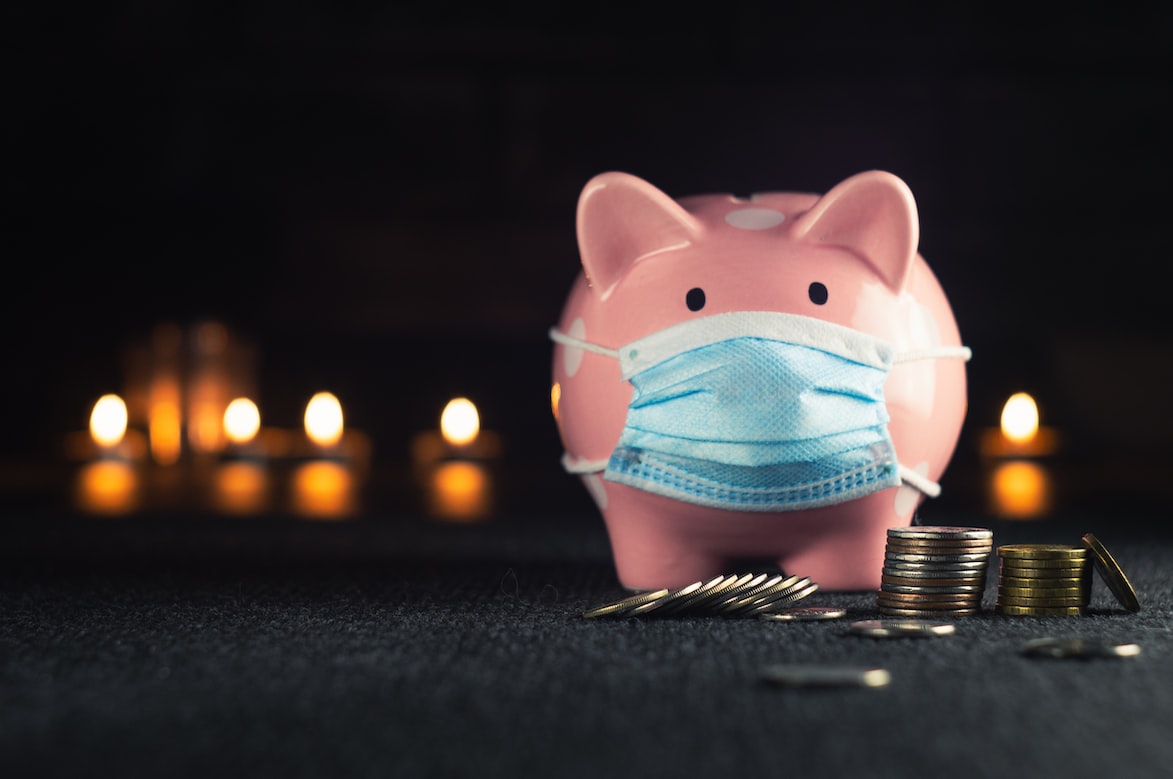
When to use an emergency fund
An essential part of having an emergency fund is knowing how and when to use it. Emergency funds should typically only be used in cases of emergency, such as an accident involving medical bills, a lawsuit filed against you, job loss, and serious home repairs.
These days, it can be daunting to know when to use your emergency savings. It’s hard to predict what’s around the corner, and if dipping into your funds now might burden you financially later. Remember to evaluate your situation carefully before you take out money from your emergency savings account.
If you find yourself struggling financially, it may benefit you to consider obtaining a loan. With good credit and sound strategies, it’s possible to find loans with excellent terms and rates so that you can alleviate your financial and life stressors.
How to replenish an emergency fund after use
After using money from your emergency fund, you might be wondering how to replenish it. Budgeting for an emergency fund can be tricky after using a portion or all of it, since there may be uncertainties surrounding how much money you can afford to save.
The first step after dipping into your emergency fund is to assess your new financial standing. How much money do you have left, and will it be enough to cover the essentials for the foreseeable future? Do you need a personal loan to deal with more of the unexpected expenses?
After a preliminary assessment, it’s time to make a savings plan. Decide how much money you can manage to save in the next few months and strategize so that you can prioritize saving for an emergency fund once again.

The difference between an emergency fund and a rainy day fund
A rainy day fund is usually for expected and more minor expenses than an emergency fund. Here is a table to help you better understand the differences between a rainy day fund and an emergency fund.
What Rainy Day Funds Cover
- Routine medical expenses
- Routine pet expenses
- Home maintenance
- Minor vehicle repairs
- ~$500 to $2000
What Emergency Funds Cover
- Unexpected medical emergencies
- Living costs after job loss
- Major home repairs
- Urgent vehicle repairs
- ~3 to 6 months of living expenses
How to prioritize saving for an emergency fund
Despite the importance of an emergency fund, saving for one can often be very challenging. Here are some generic, common strategies that people use to more effectively save for an emergency fund.
Create a new account just for emergencies
Savings accounts typically have certain terms and fees if you want to withdraw money. These requirements can help deter you from dipping into your emergency funds when it’s not urgent. They also have higher interest rates, which can help you stash more savings over time. Meanwhile, checking accounts make it easier for you to access your funds.
By creating a new savings account to allocate your money, it can be easier for you to build up a substantial emergency fund.
Start small
Saving up for an emergency fund doesn’t have to mean you put thousands of dollars into an account in one day. You can start small, chipping in small amounts of money each week or month until you grow your emergency fund into a sizable amount.
Common mistakes to avoid when managing an emergency fund
1. Mismanaging your debt at the same time
For those who have debt with high interest rates, it is important to carefully handle both monthly debt payments as well as savings for an emergency fund.
If you have a personal loan or credit card debt with a high annual percentage rate (APR), missing or being late on a regular payment can be very costly. It could hurt your credit score, which will make it more challenging to obtain credit extensions or loans in the future. In addition, you could accrue more interest, which would cost you more money in the long run.
This means that if you have high-interest debt, it is a good idea to make sure you have a good balance between saving for your emergency fund and comfortably paying your monthly debt.
2. Neglecting your emergency fund
Many people make the mistake of telling themselves that putting money into an emergency fund isn’t important or that an emergency won’t happen any time soon. If you don’t prioritize your emergency fund as a necessity, it is easy to end up neglecting it and being unprepared in case of an emergency.
Emergency funds are for the unexpected and expensive, like medical bills from accidents or rent after getting laid off. When you plan your monthly budget and allocate your savings for different purposes, try to treat your emergency fund like a necessity, similar to utility and rent bills.
3. Not saving enough emergency funds
A common mistake that people make is not saving enough money for emergencies. This might mean that they often dip into their emergency savings for luxury purchases, or they don’t put much money into their savings account in the first place.
If you’re having trouble identifying how much you should save each month, you may want to use an online guide or calculator to determine a good amount to start with.
The general rule of thumb is that you want your emergency savings account to have enough money to cover 3 to 6 months’ worth of living expenses. The exact amount can vary quite a lot depending on your income, risk tolerance, and other factors.
4. Saving too much
Another common pitfall that exists when it comes to saving up for an emergency fund is saving _too much _money. If you allocate a substantial amount of your income each month toward your emergency fund to the point where your day-to-day life is becoming strenuous, it may be time to reconsider how much you’re saving.
To find out what is the optimal amount you should budget for your emergency savings, you can use tools and outside help. For example, you may want to consult a financial advisor or use an online emergency fund calculator to find out how much to save each month.
5. Using your emergency money for non-emergencies
If you want to buy something that is not necessarily urgent, it’s usually a good idea to avoid dipping into your emergency fund for it.
Here are some example situations where people are generally advised to NOT use their emergency funds:
- Non-essential goods and services
- Luxury items
- Gambling

How personal loans can help
If you find yourself in an expensive predicament, it might be worth considering a personal loan. A personal loan has the following benefits:
Flexible end use: You can use the funds for a variety of needs, such as medical bills, repair costs, and consolidating debt. If you need to deal with emergency home repairs for example, you can obtain a home renovation personal loan. If you need to pay for a surgery, a medical personal loan can help.
Fast funds: Some situations require you to have money on hand as soon as possible to handle the emergency. Depending on your lender, you might be able to receive your funds on the same day you apply for a loan.
Long repayment term: When you apply for a loan, you can seek a long loan tenure and flexible repayment terms. That way you can take many years to slowly save up and repay your debt. Not needing to rush to repay debt with a favorable personal loan can help you and your family significantly.
Edited by:
Bryan Huynh
•
Product Tester & Writer

